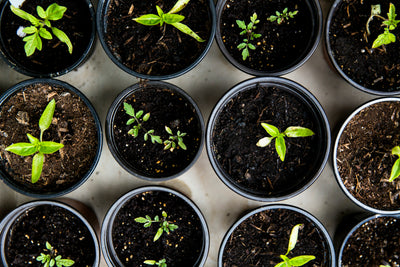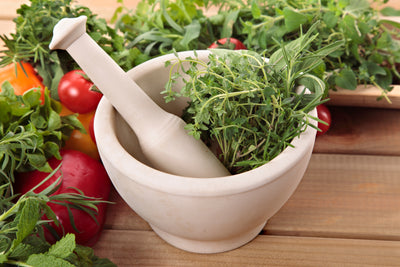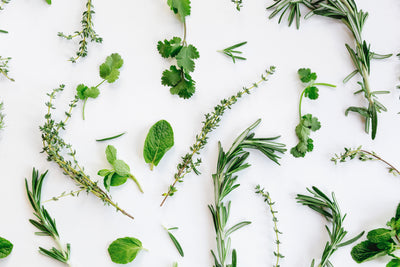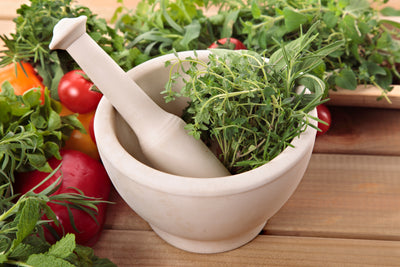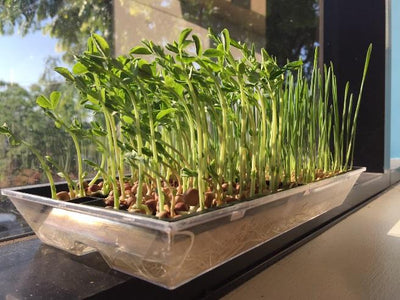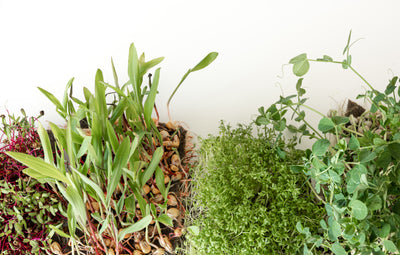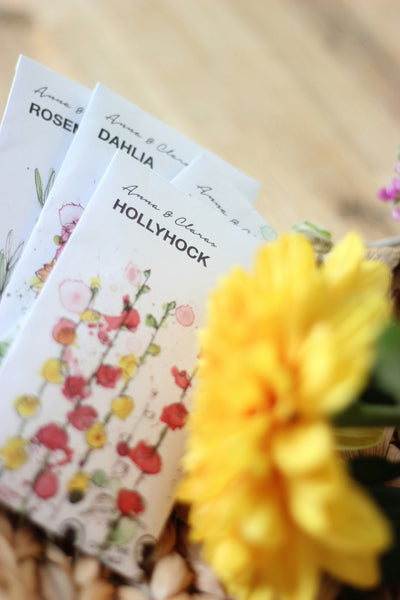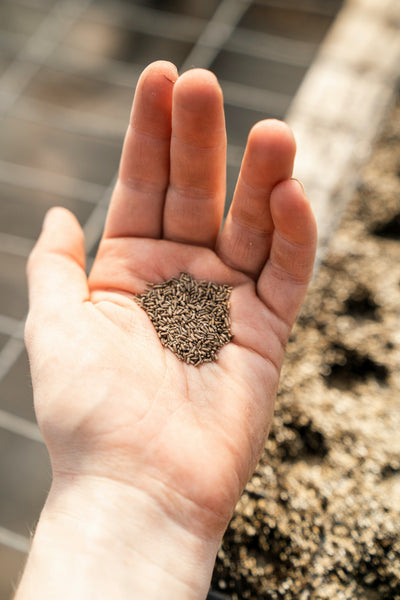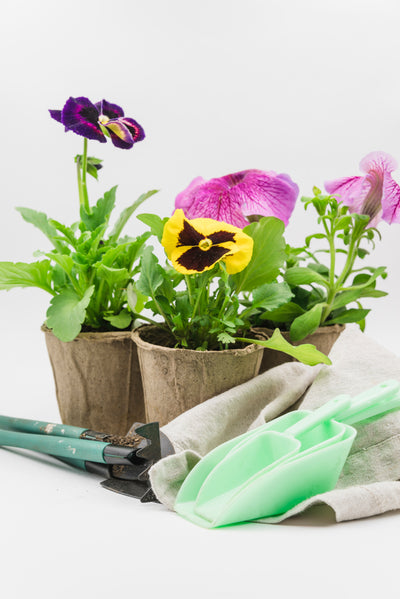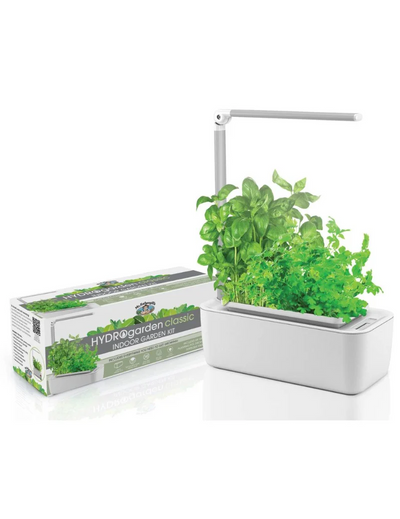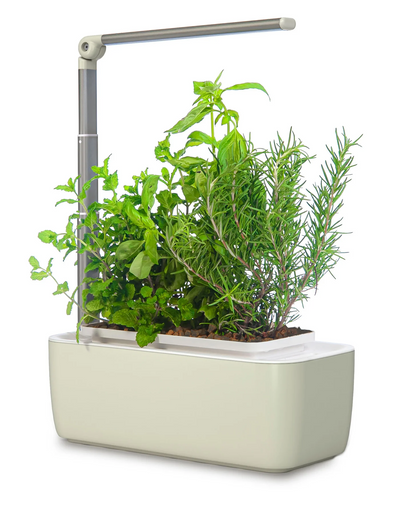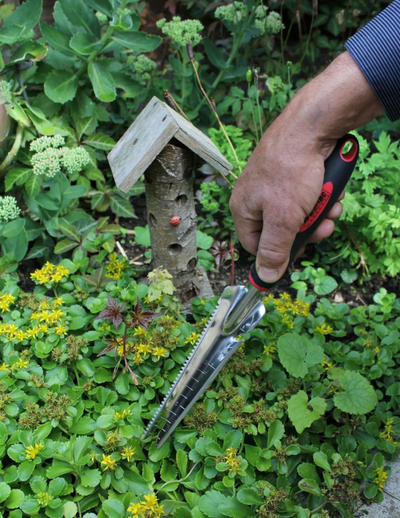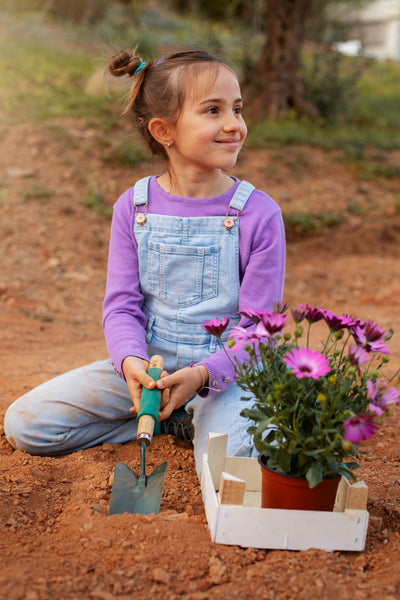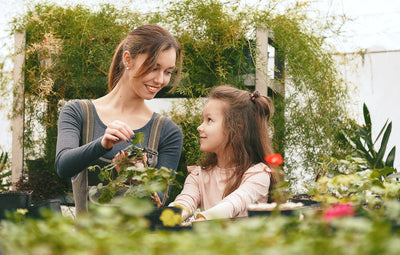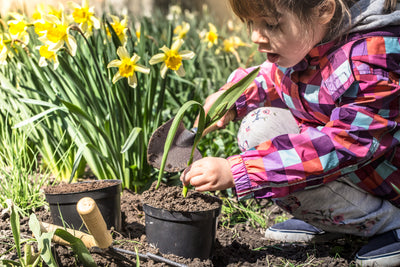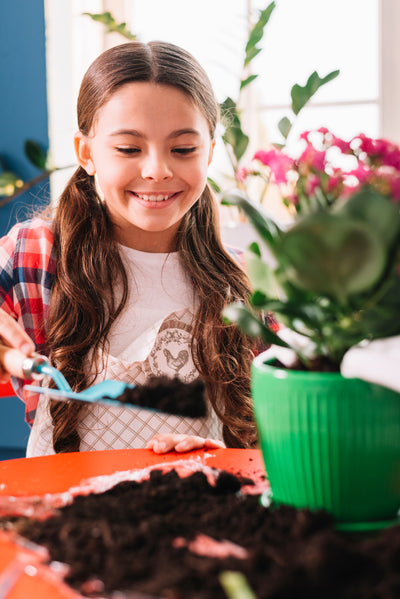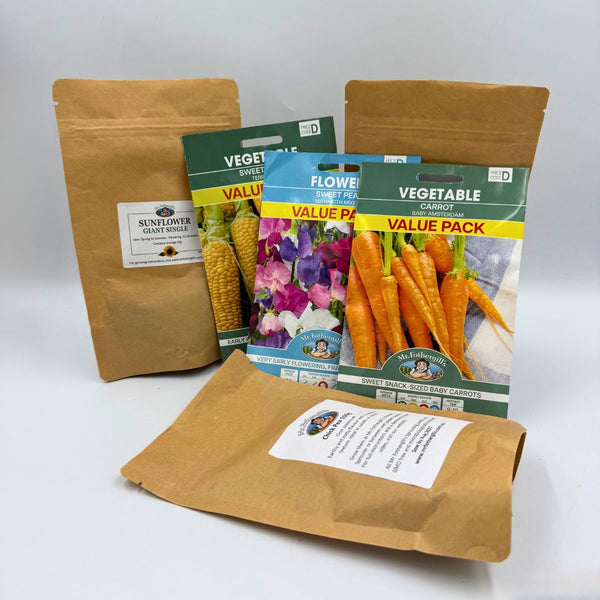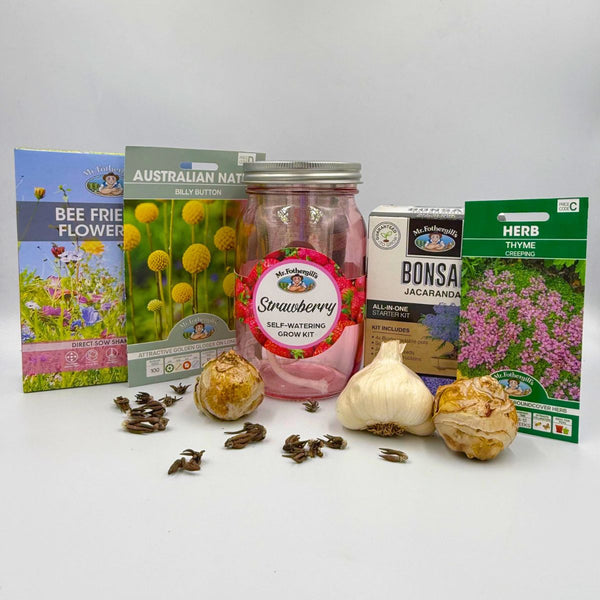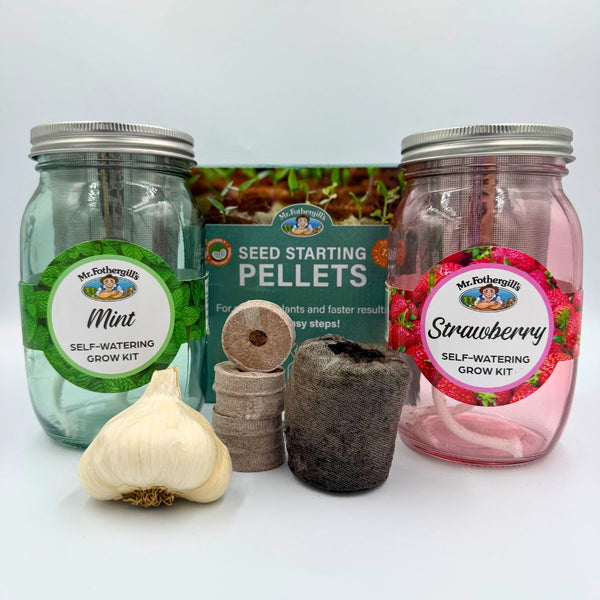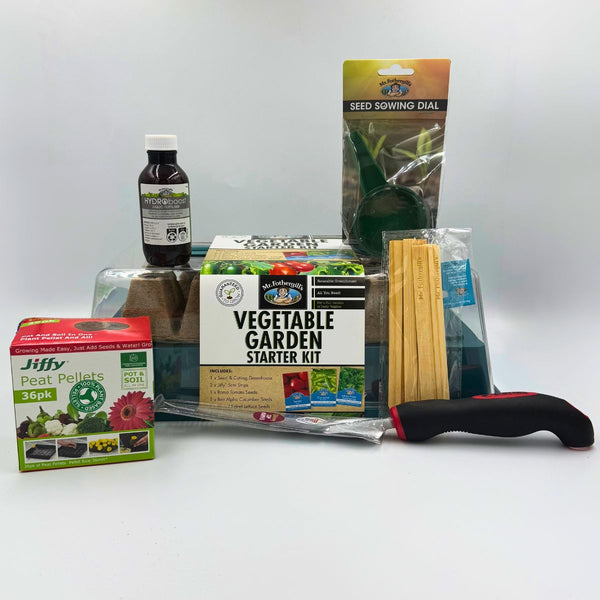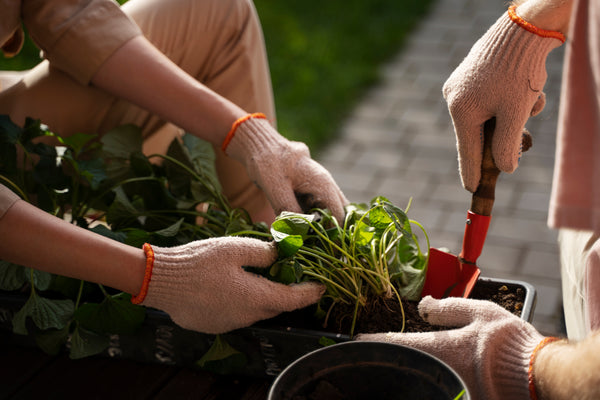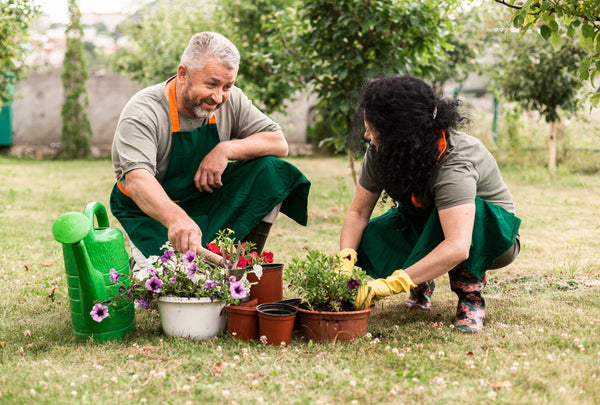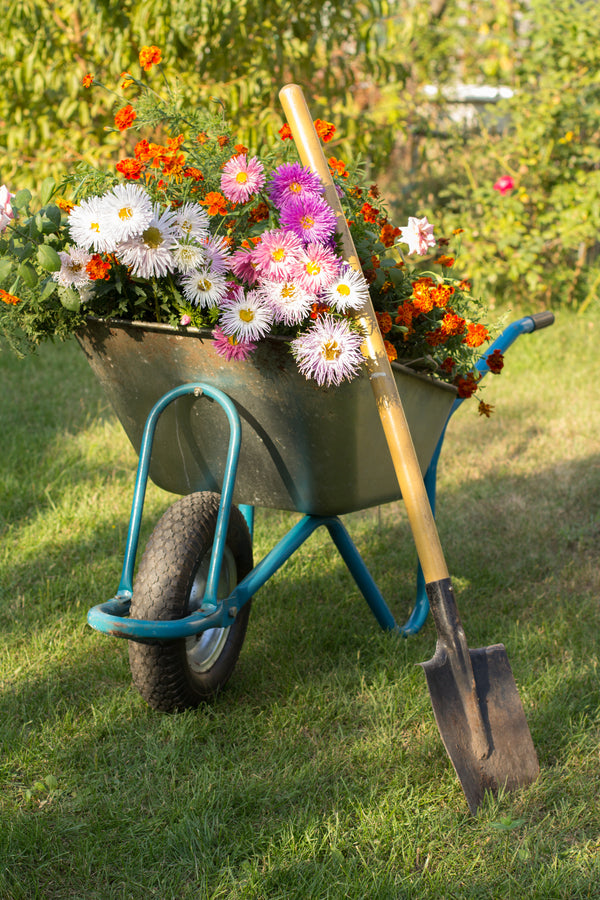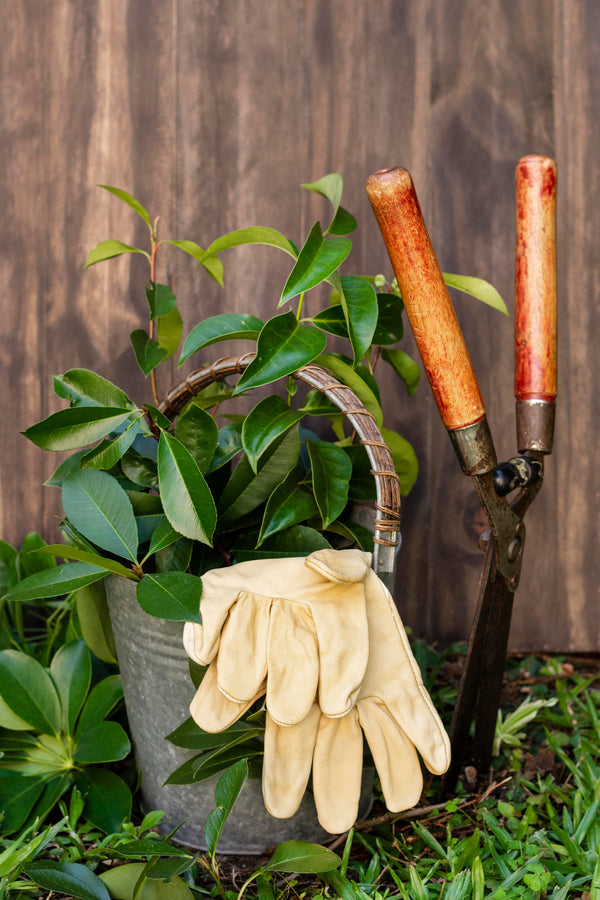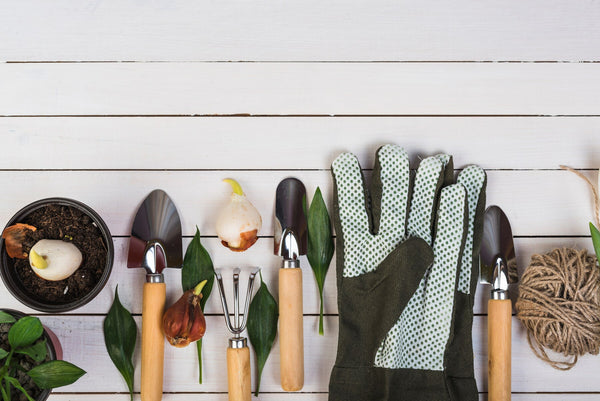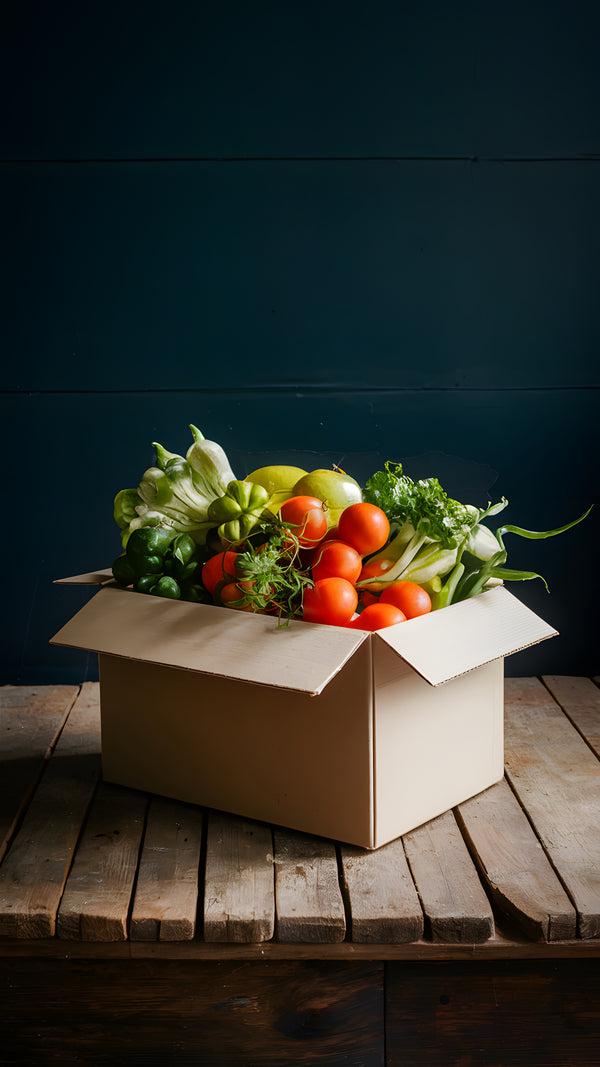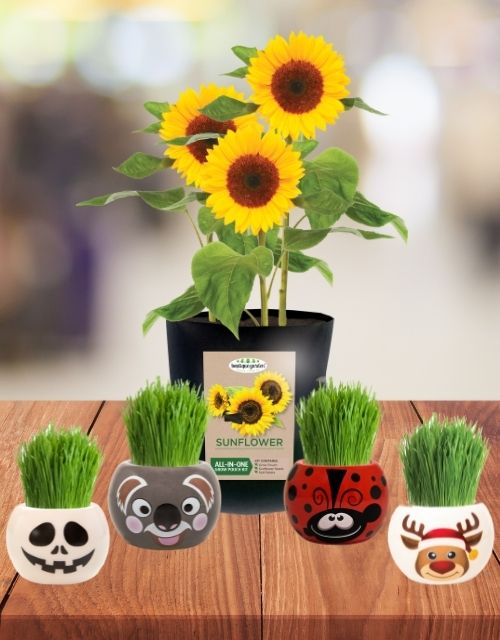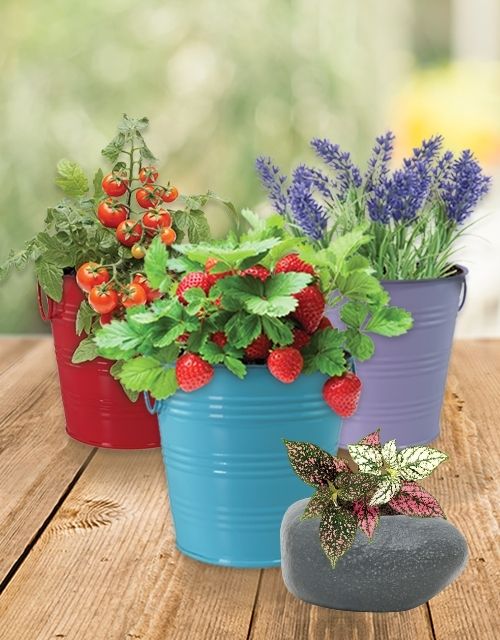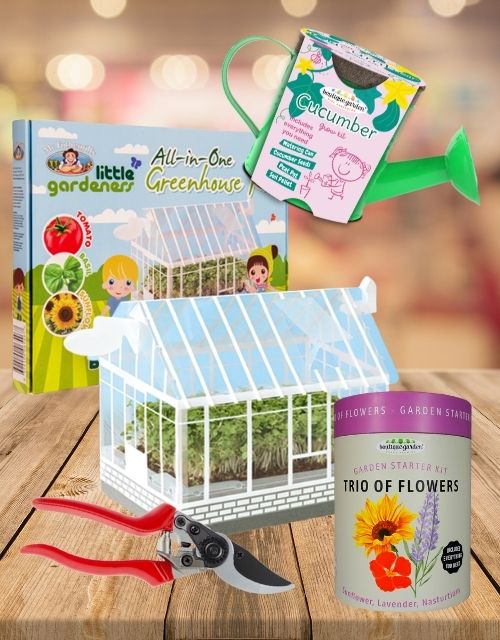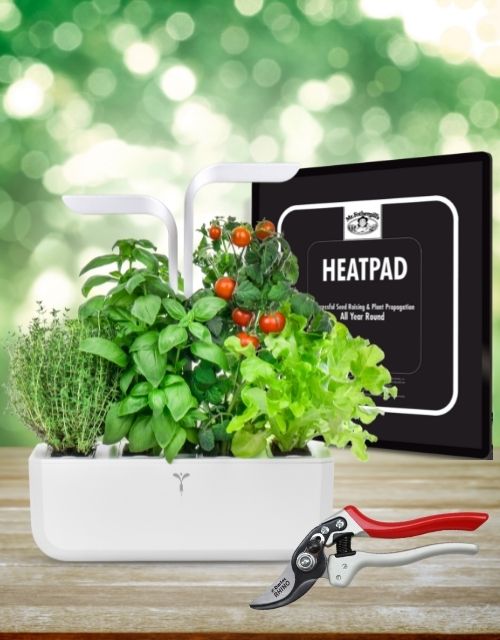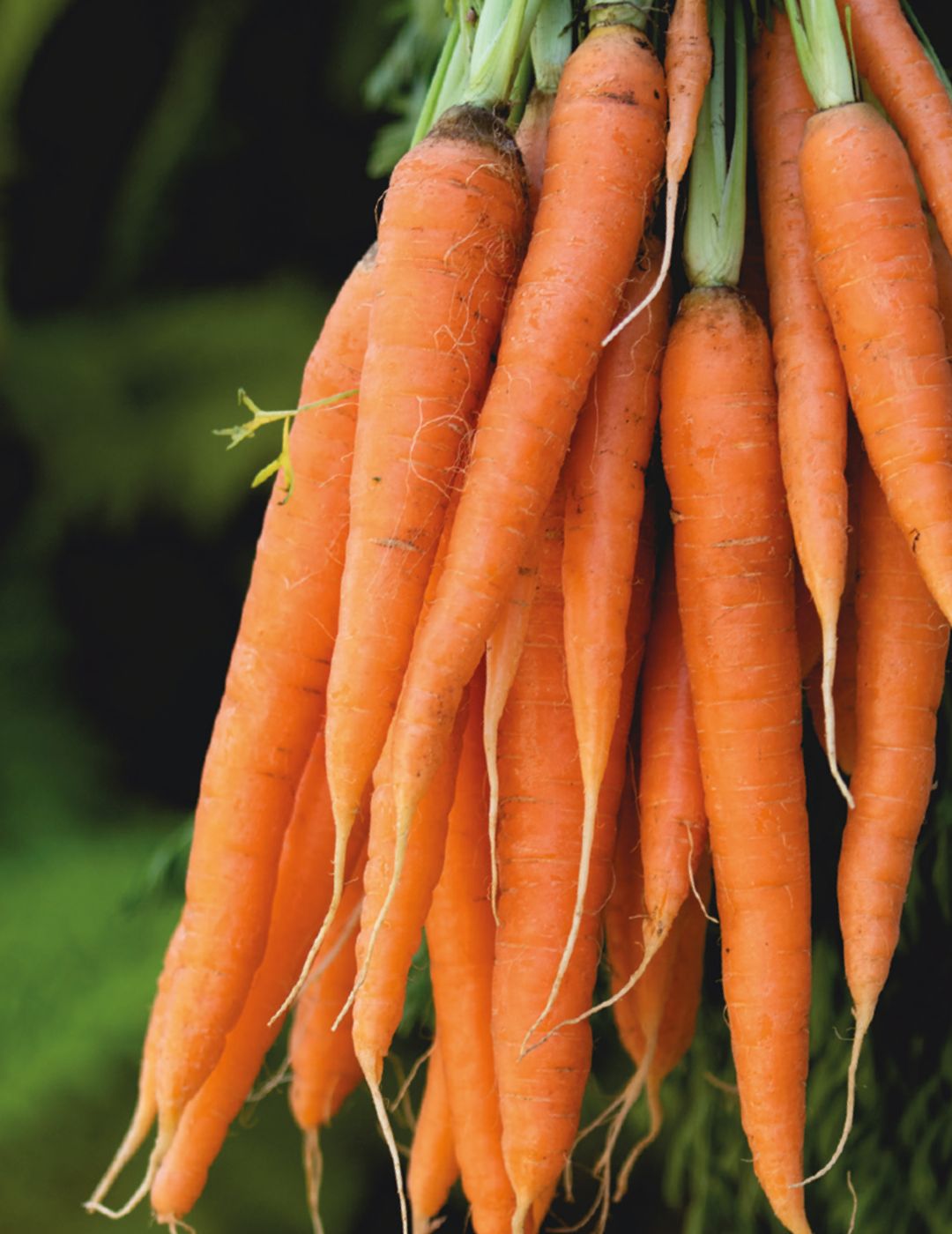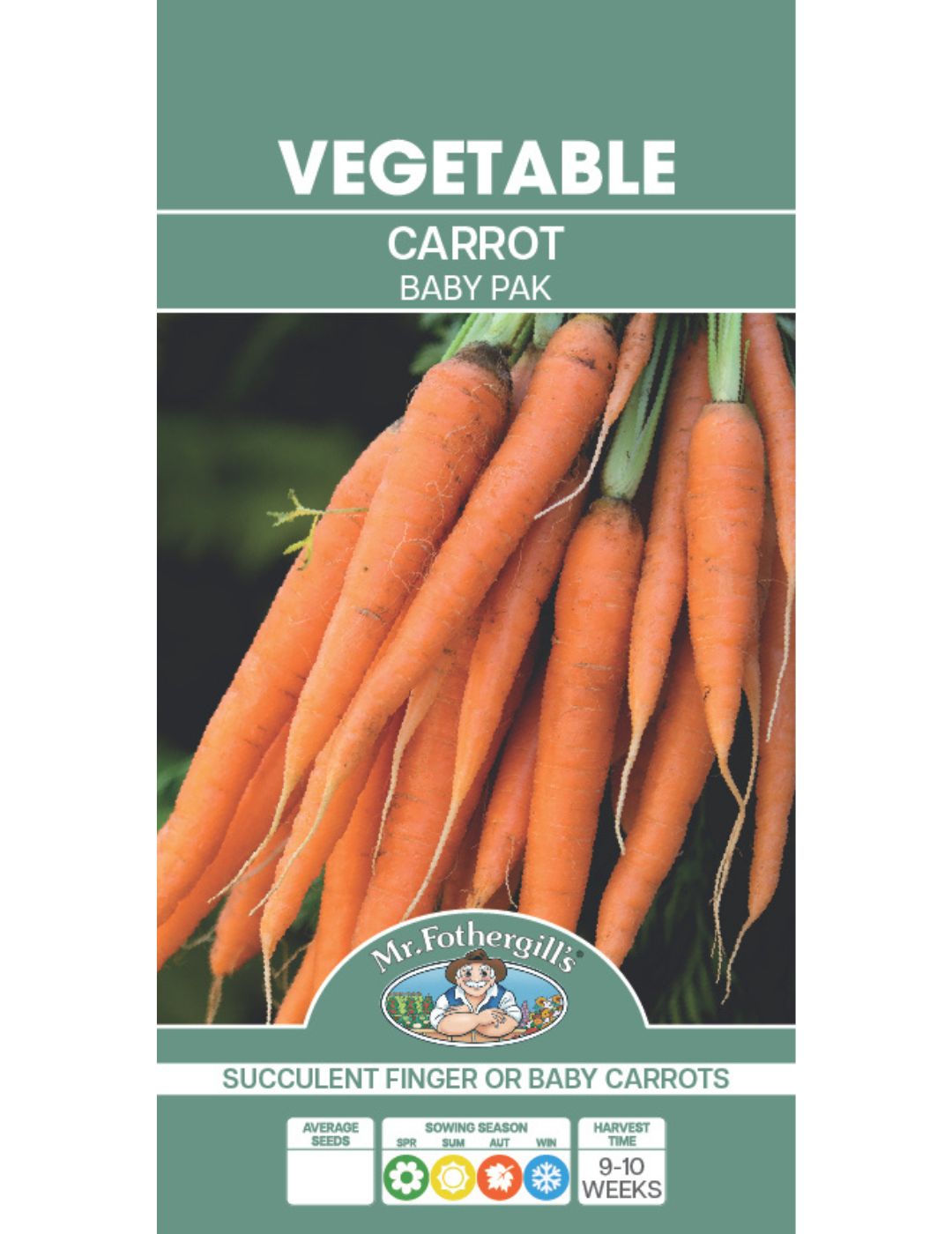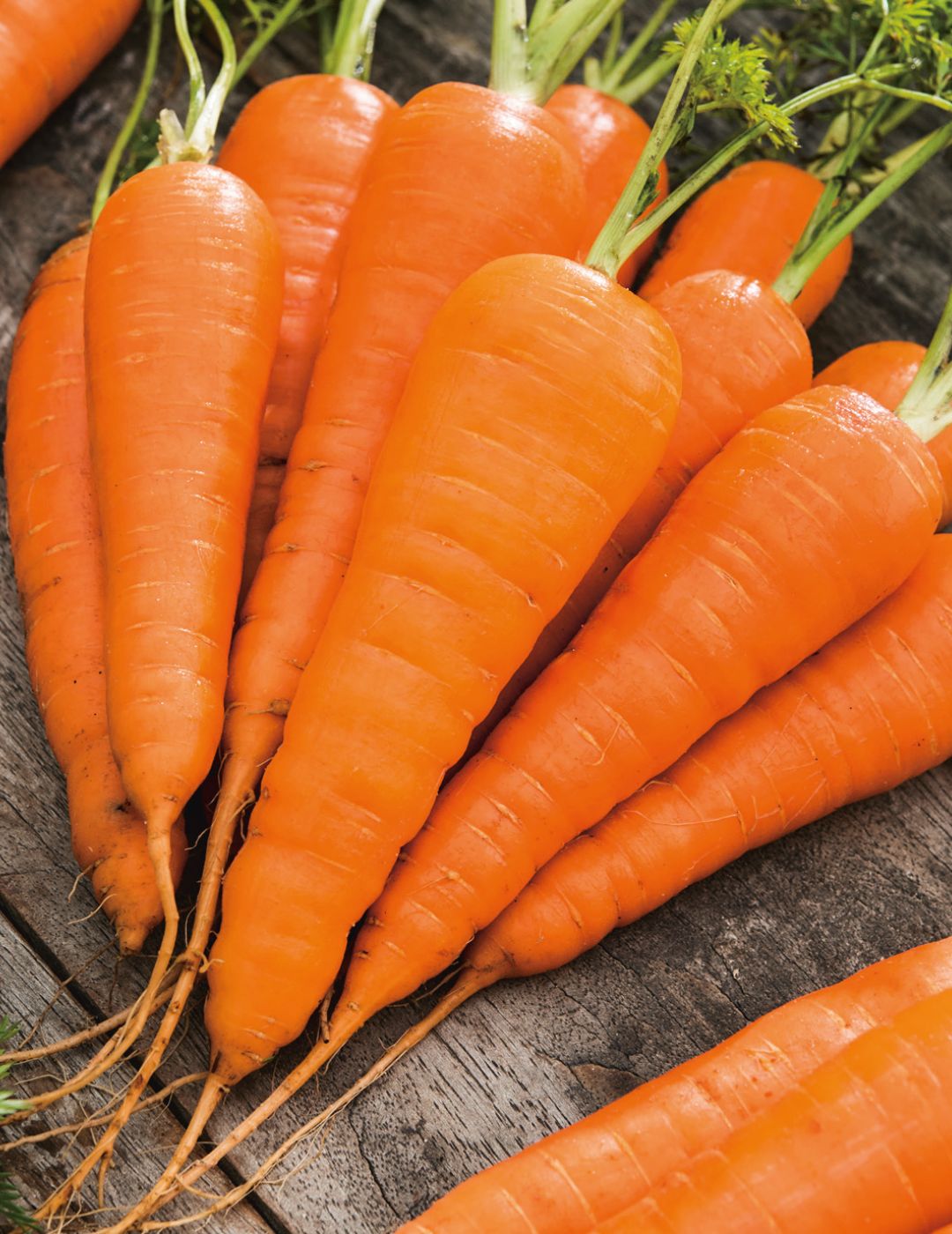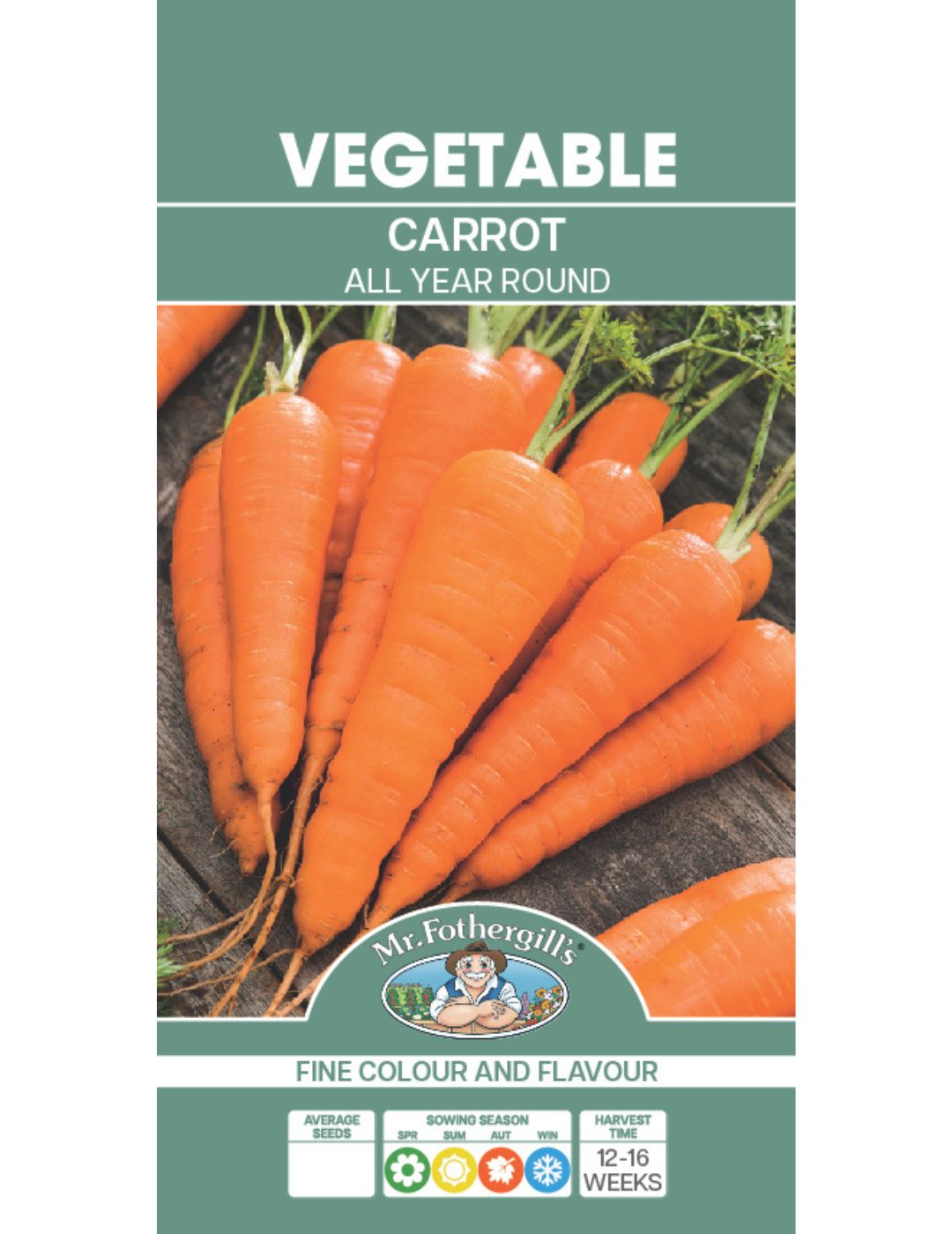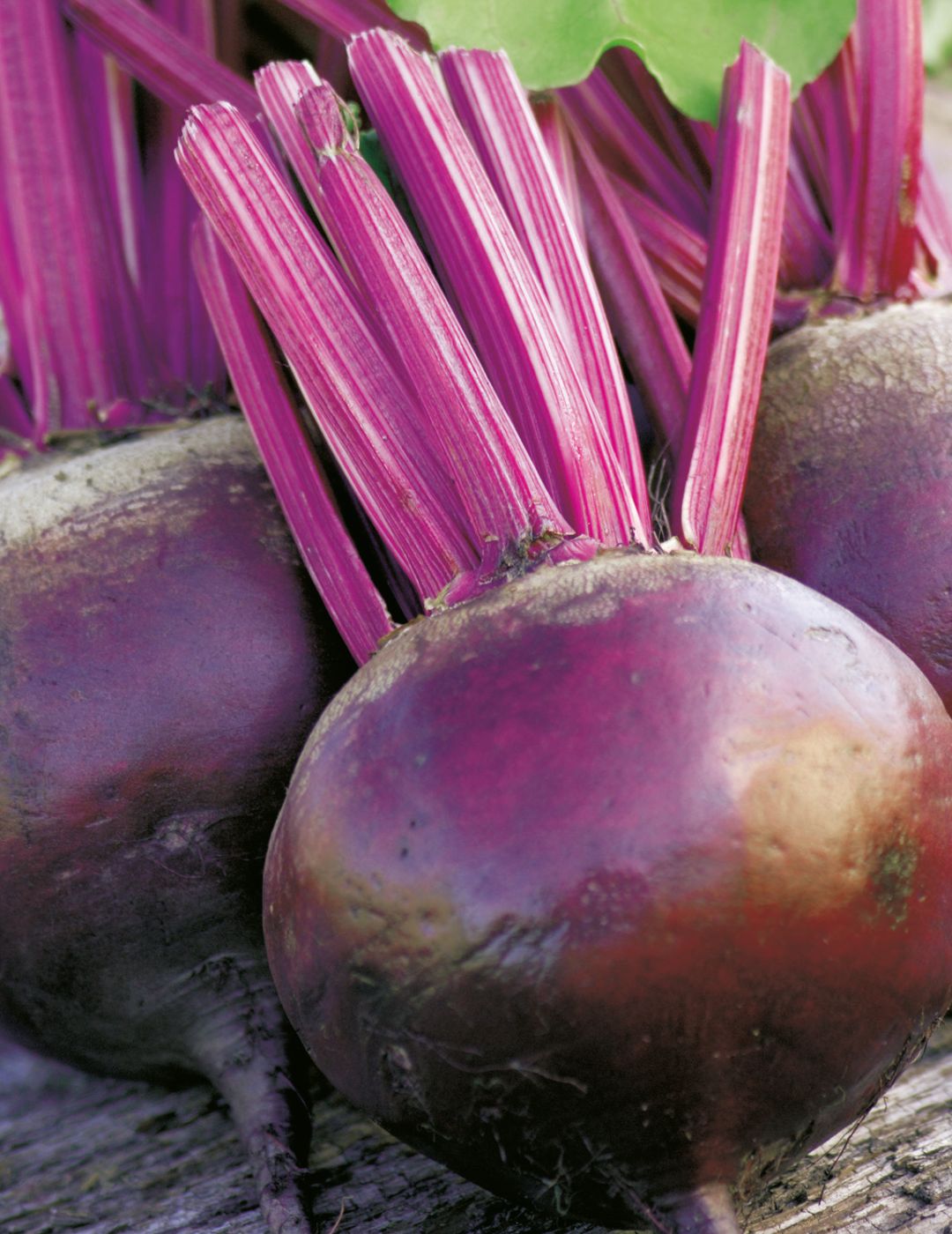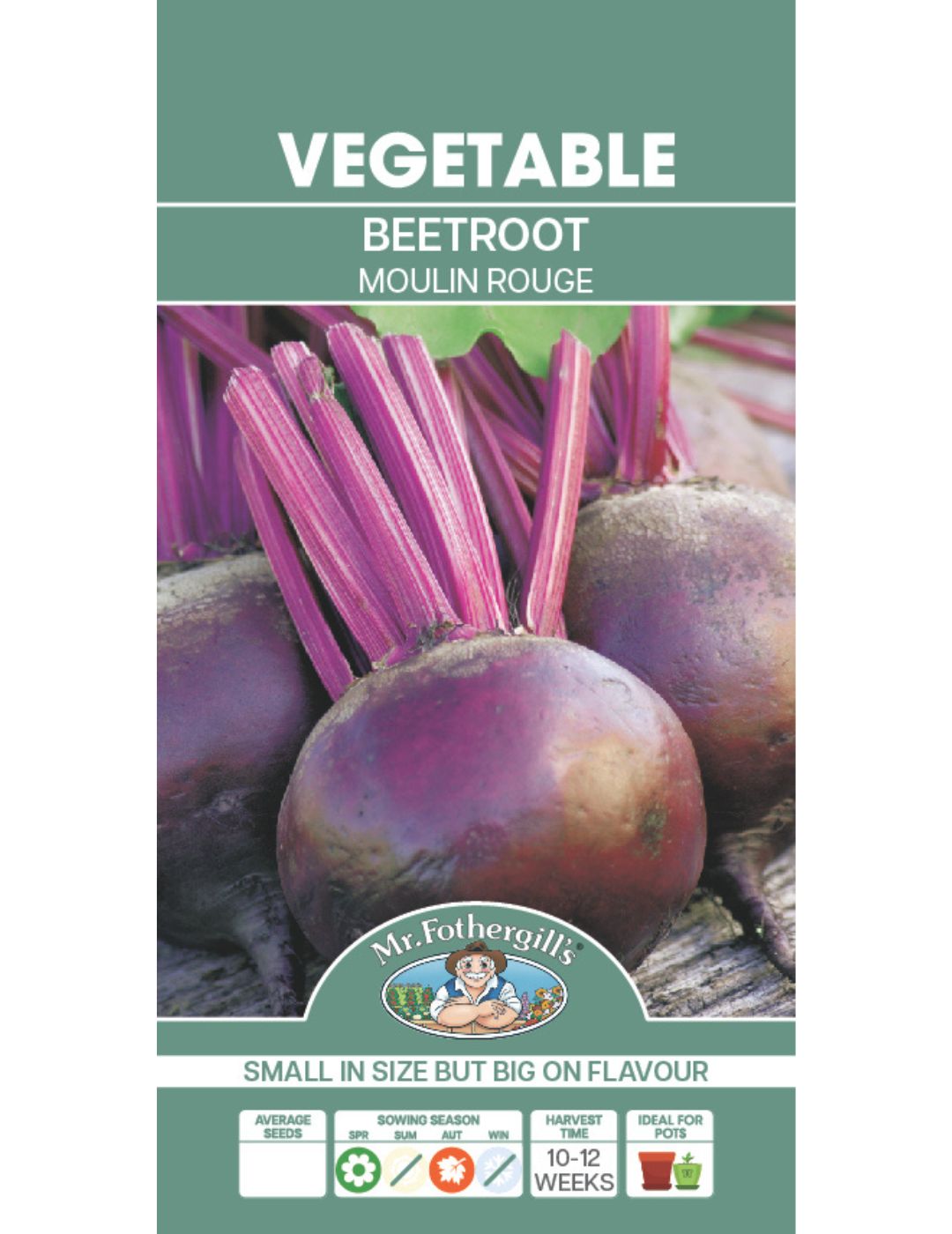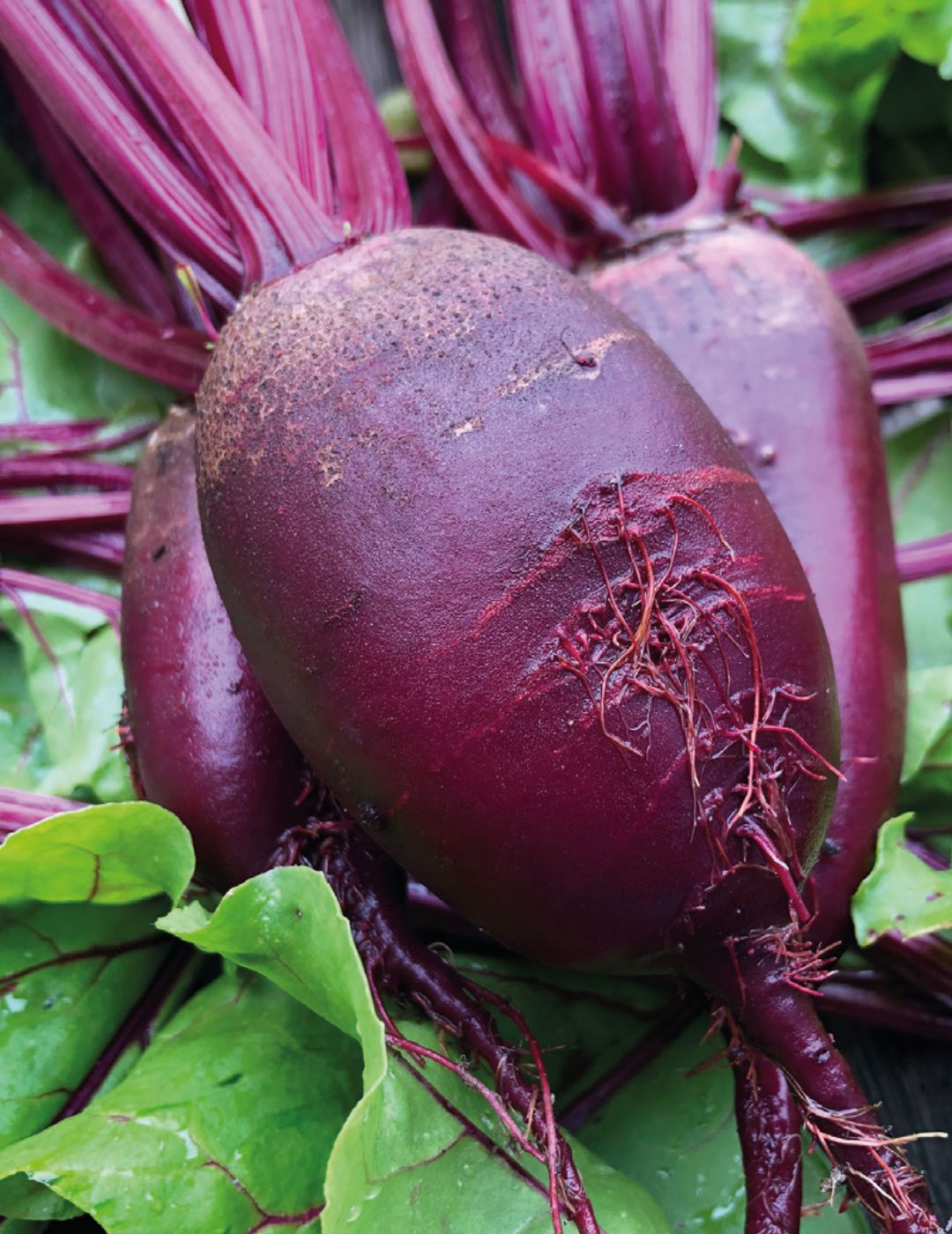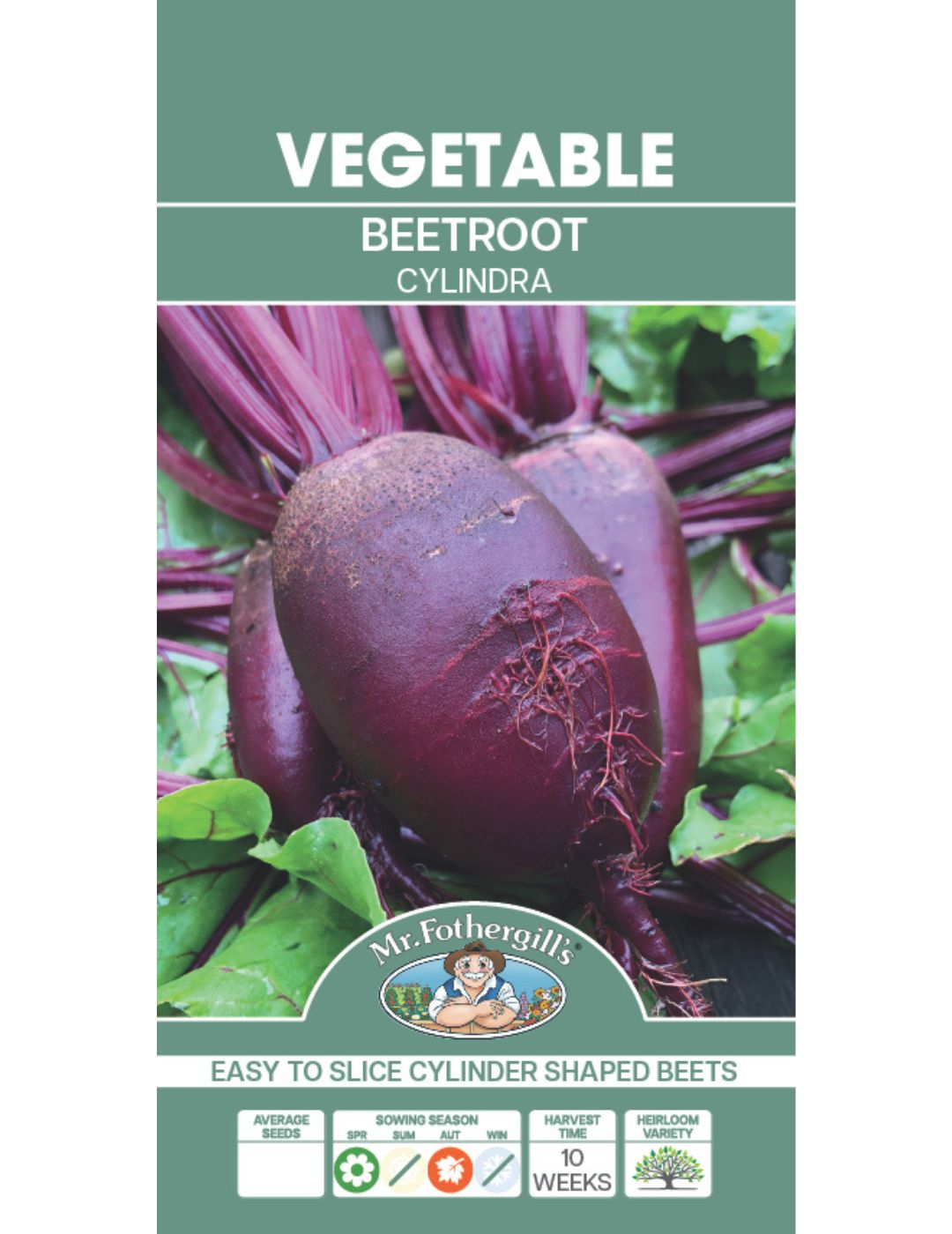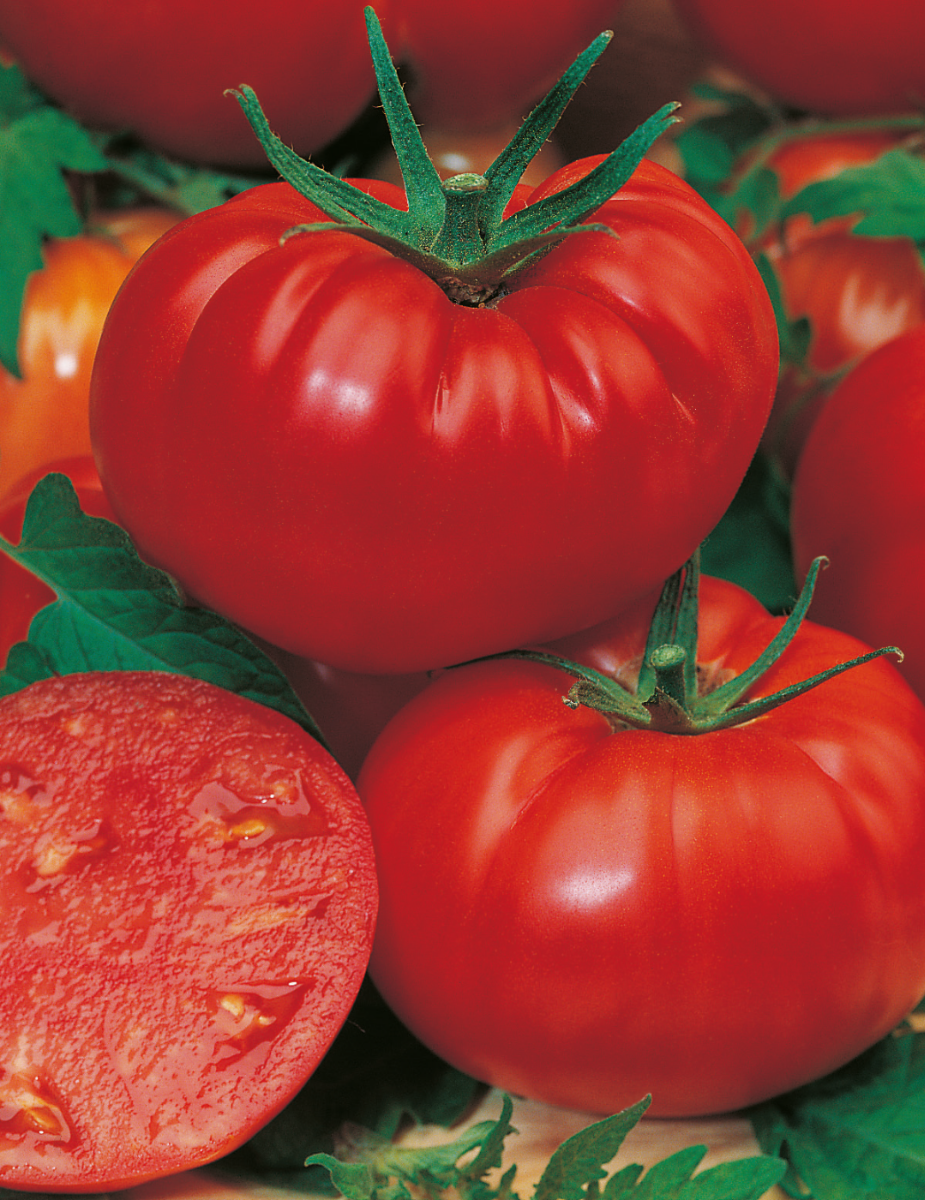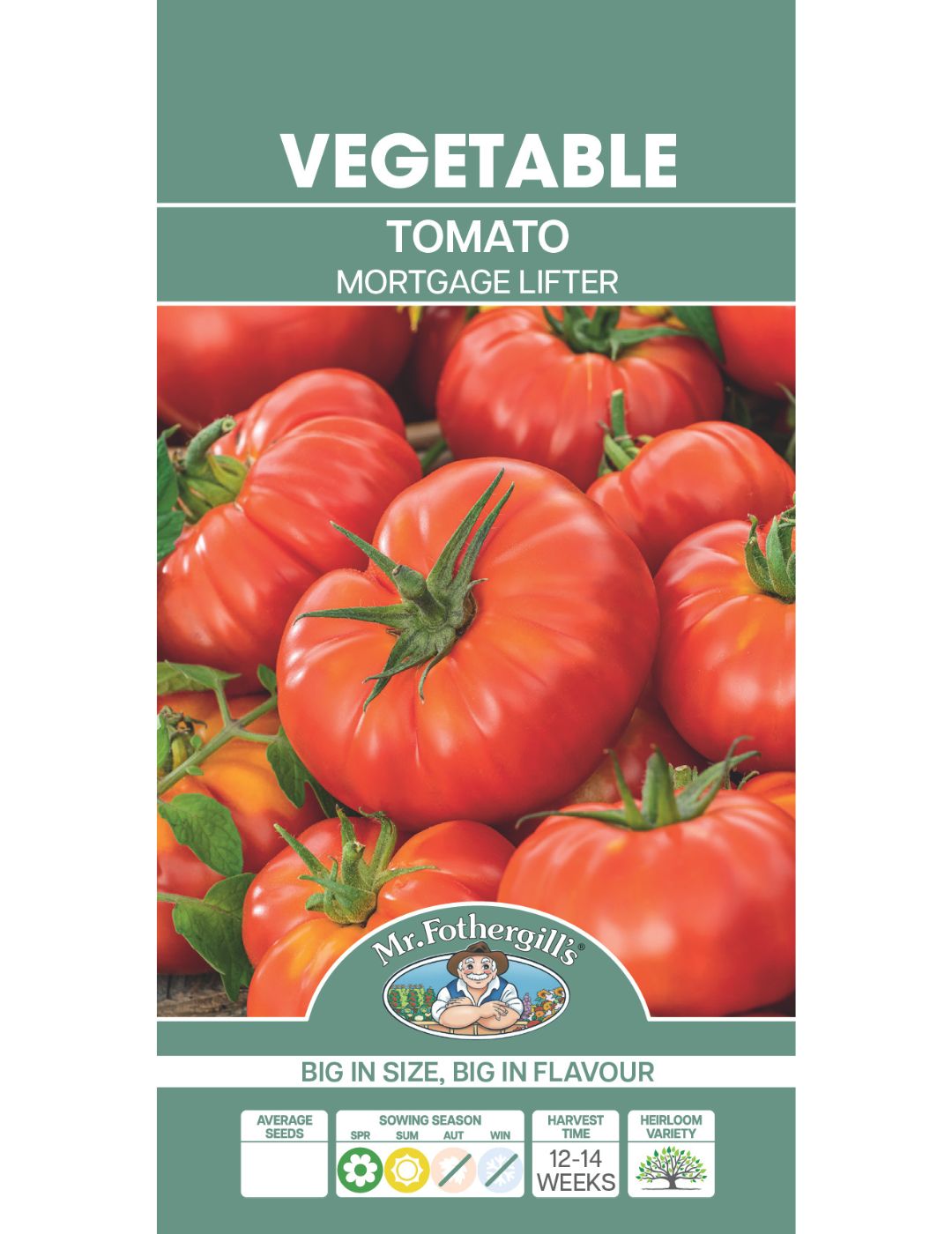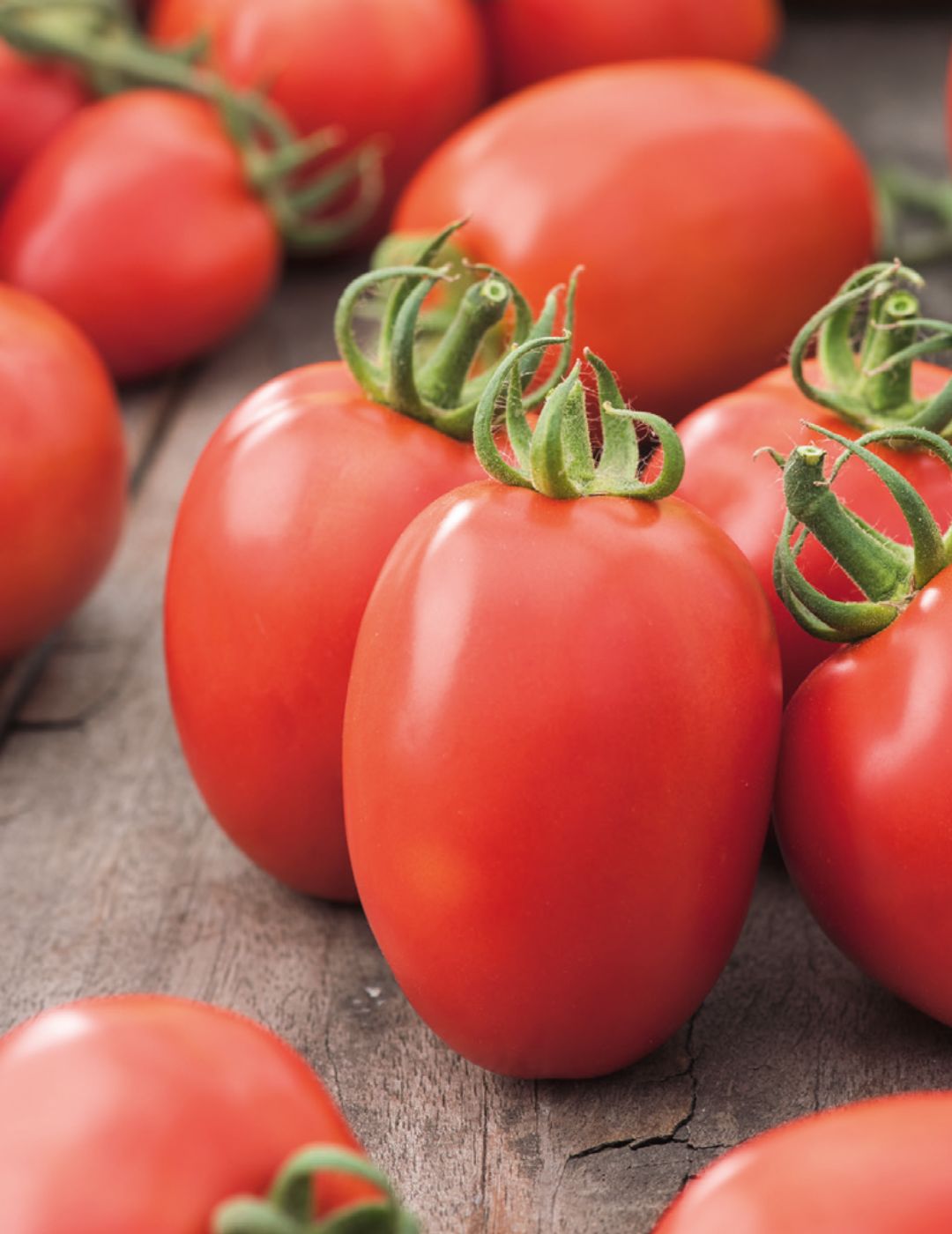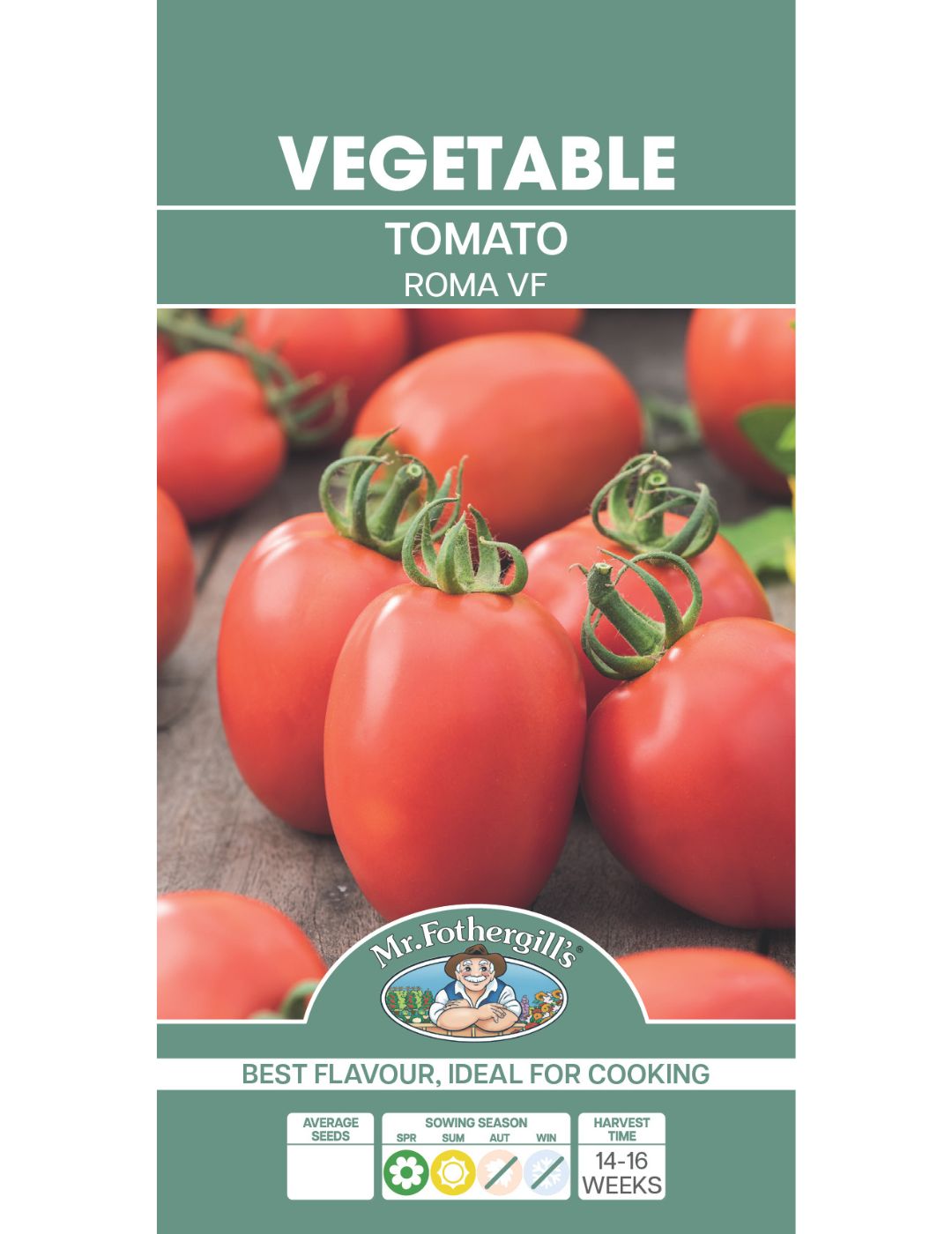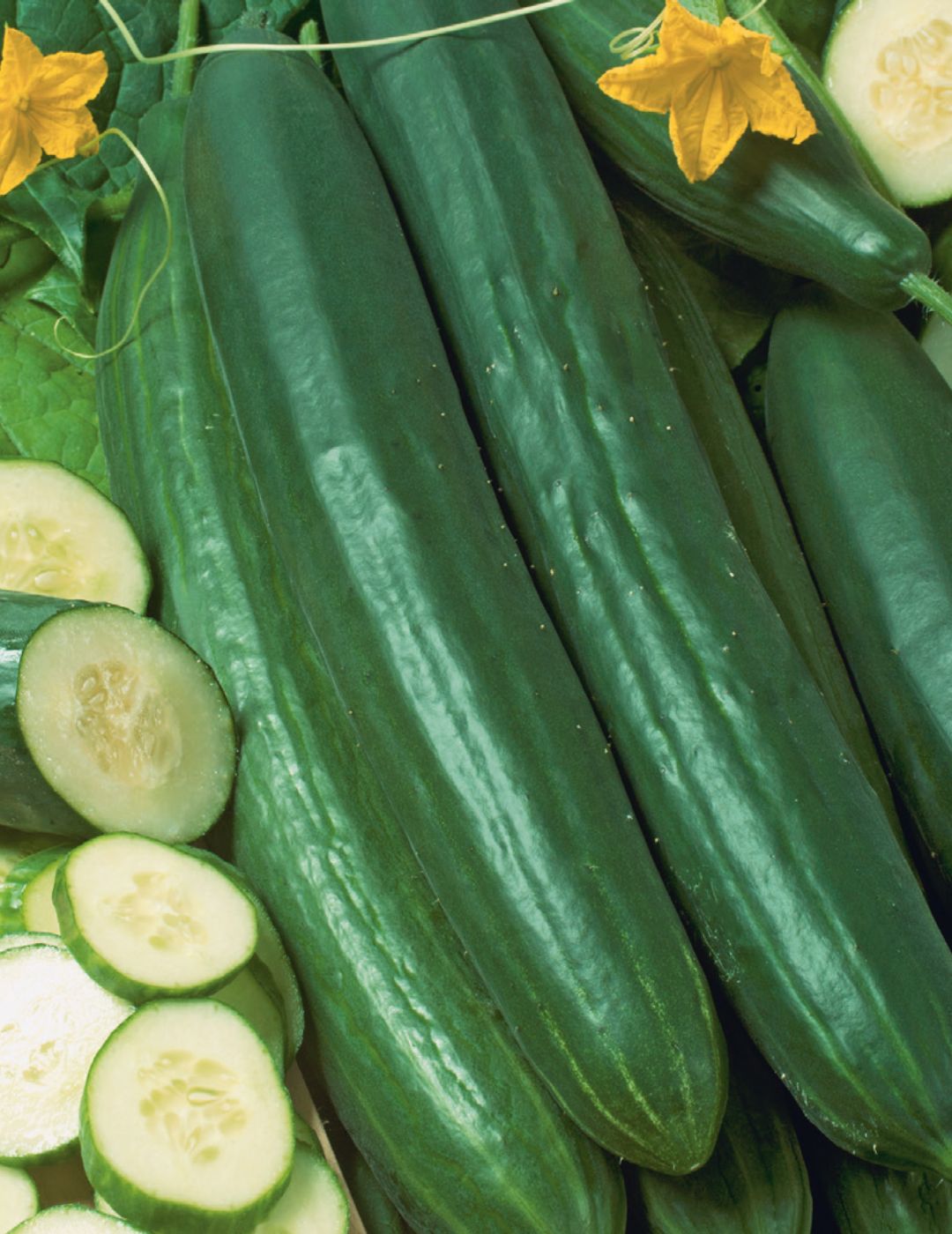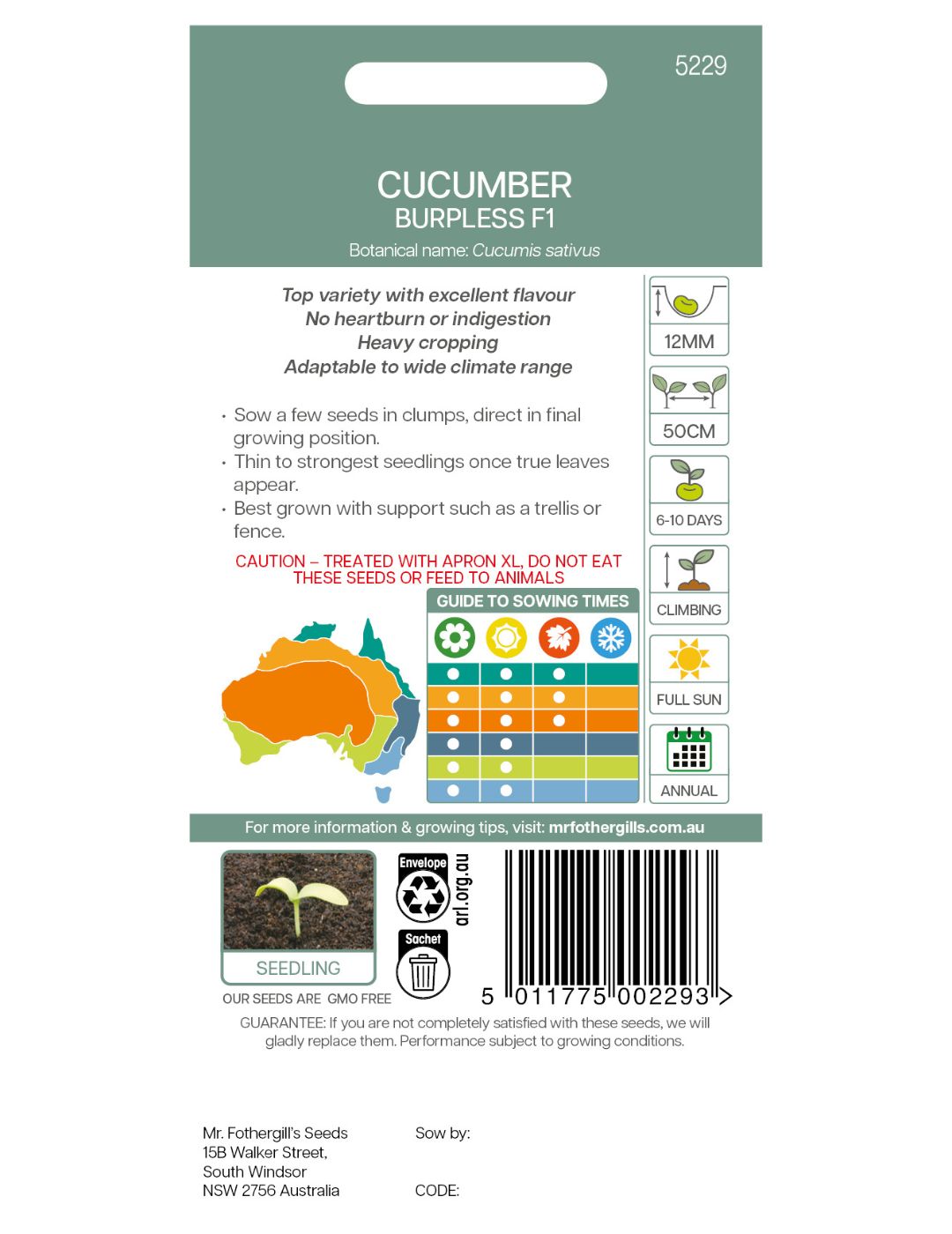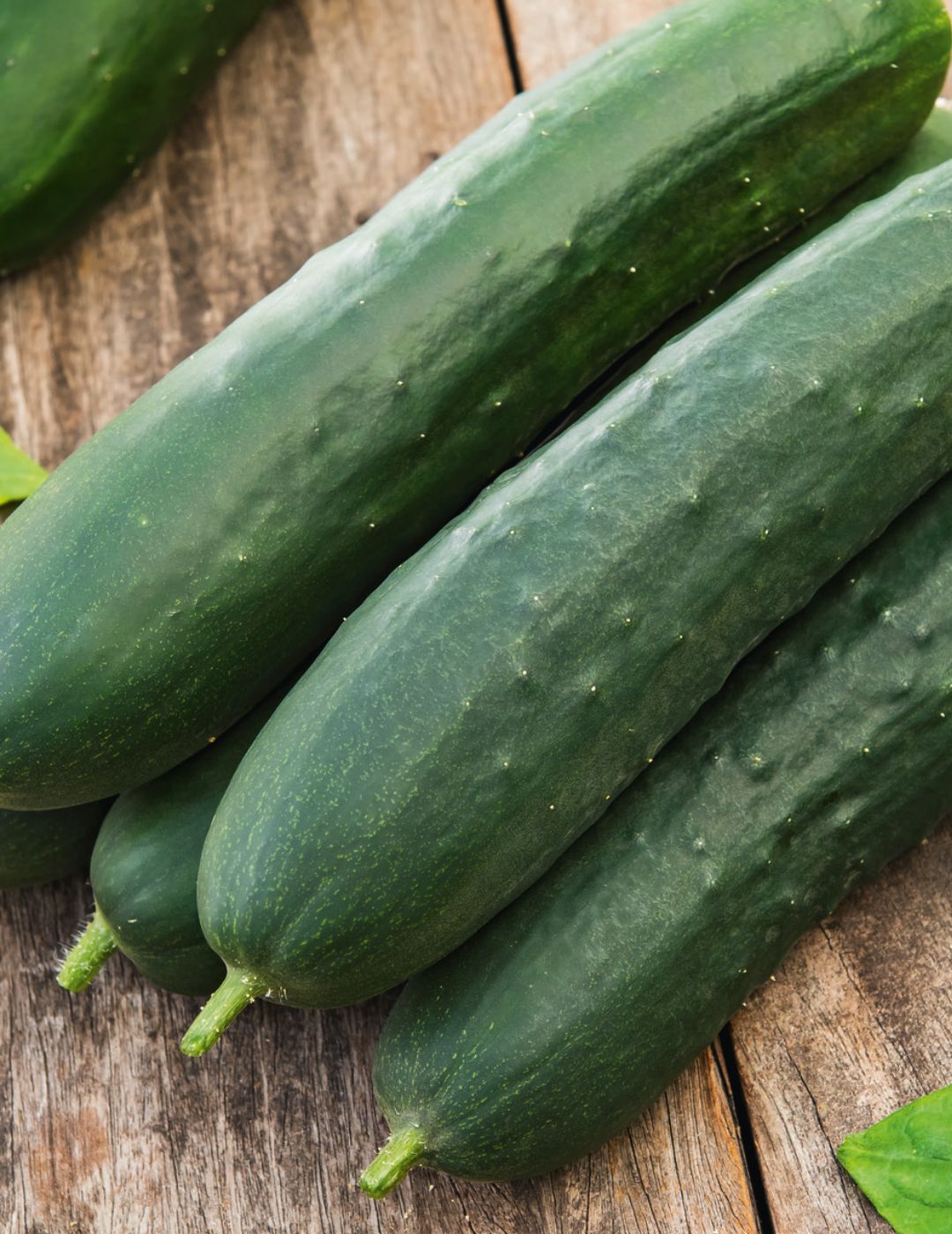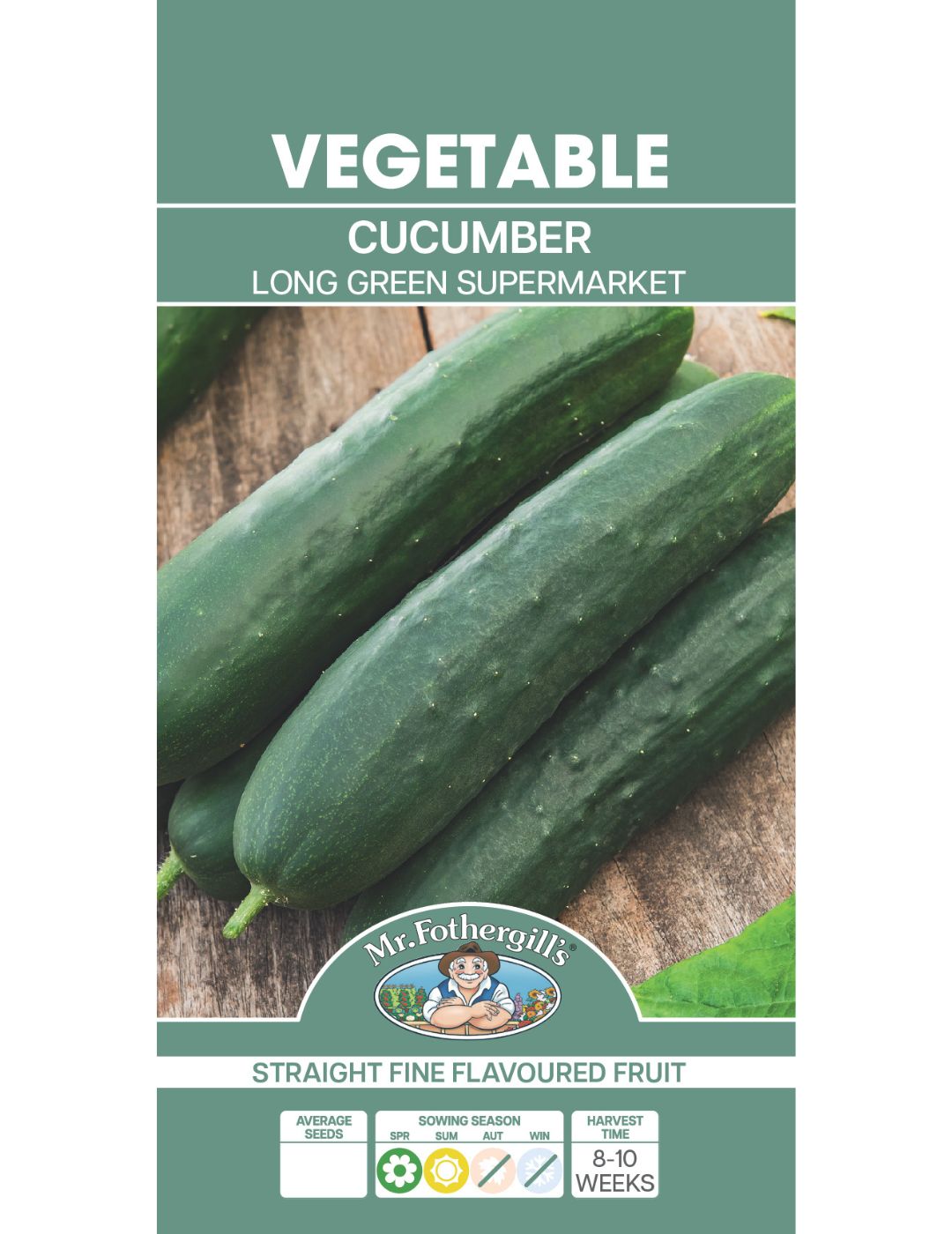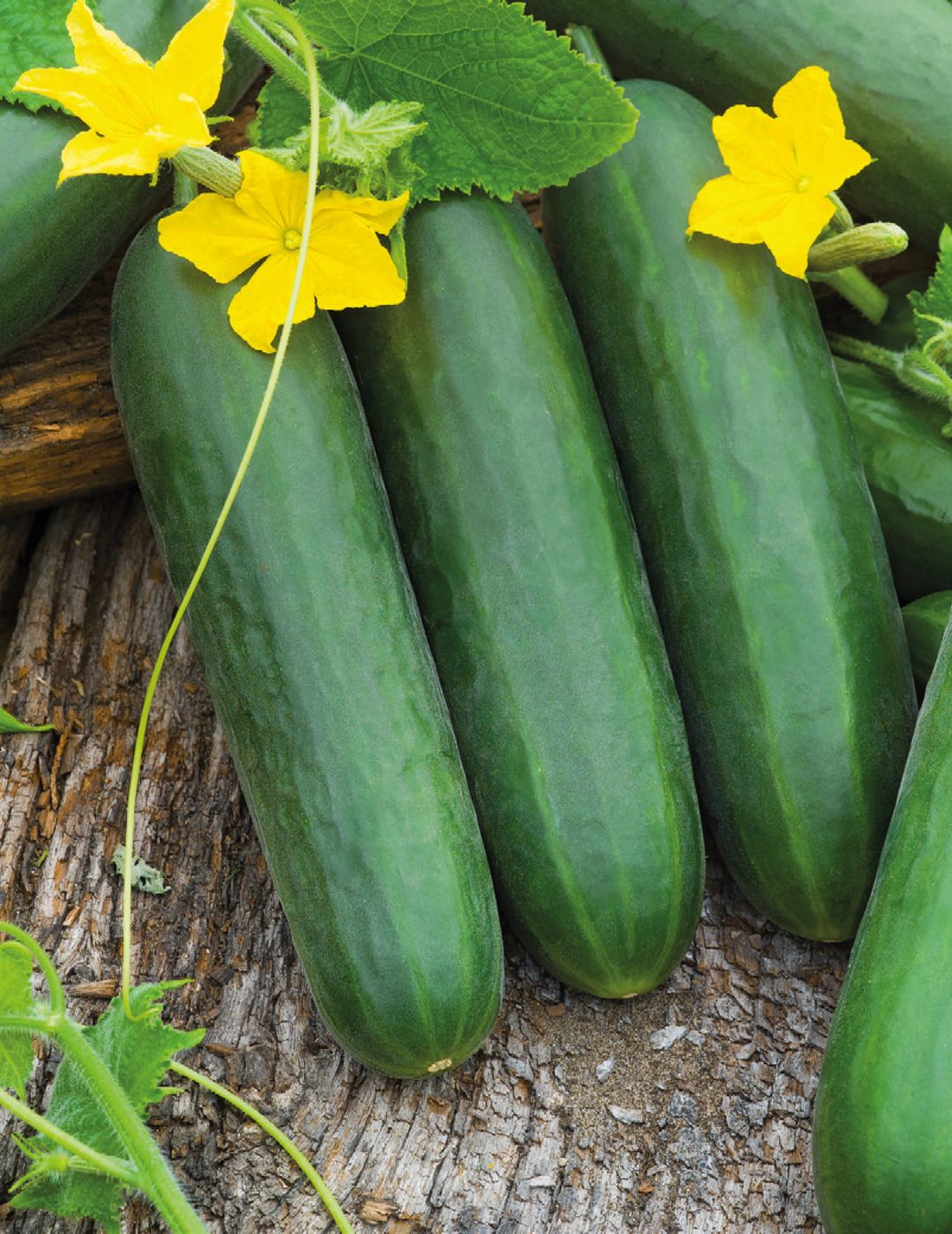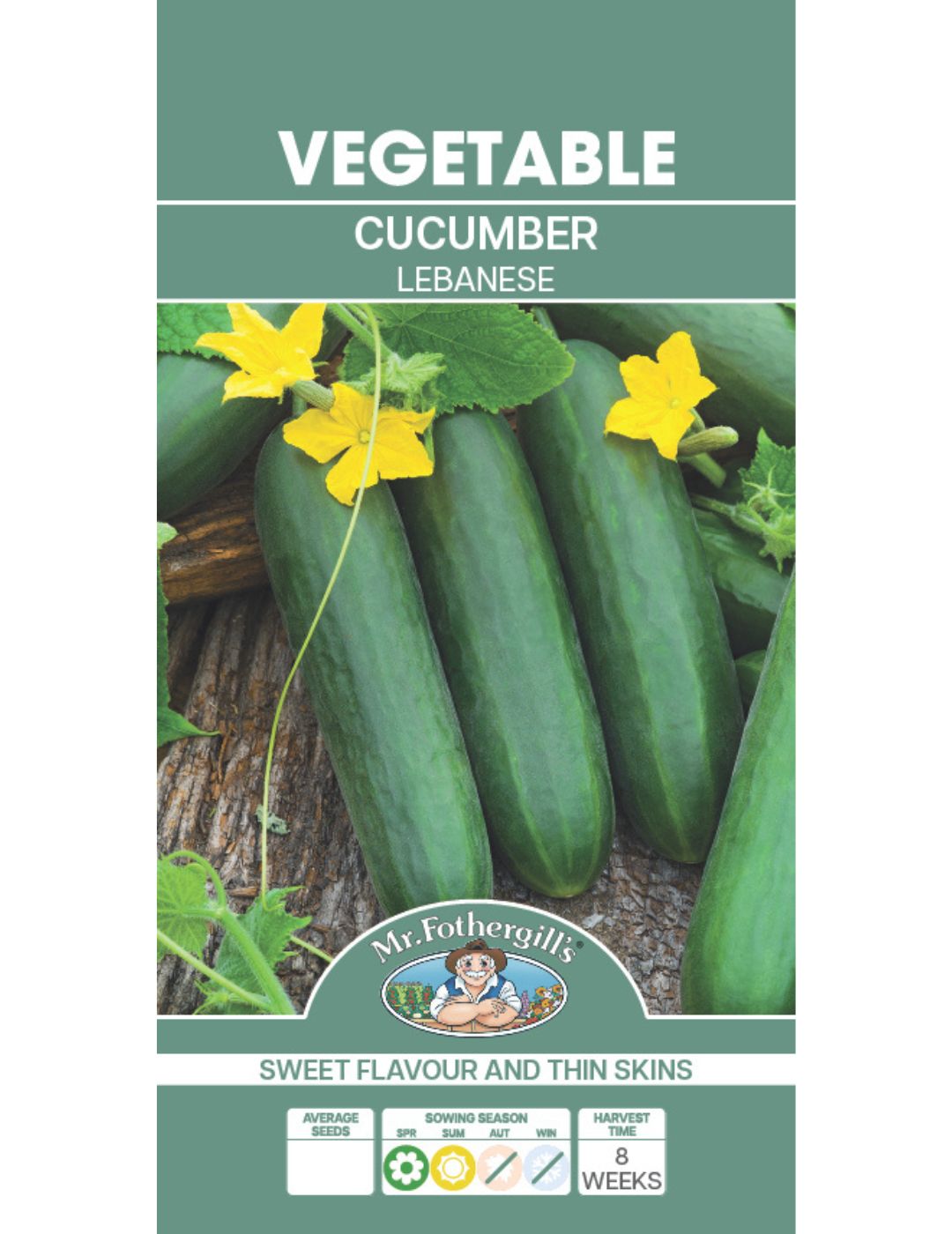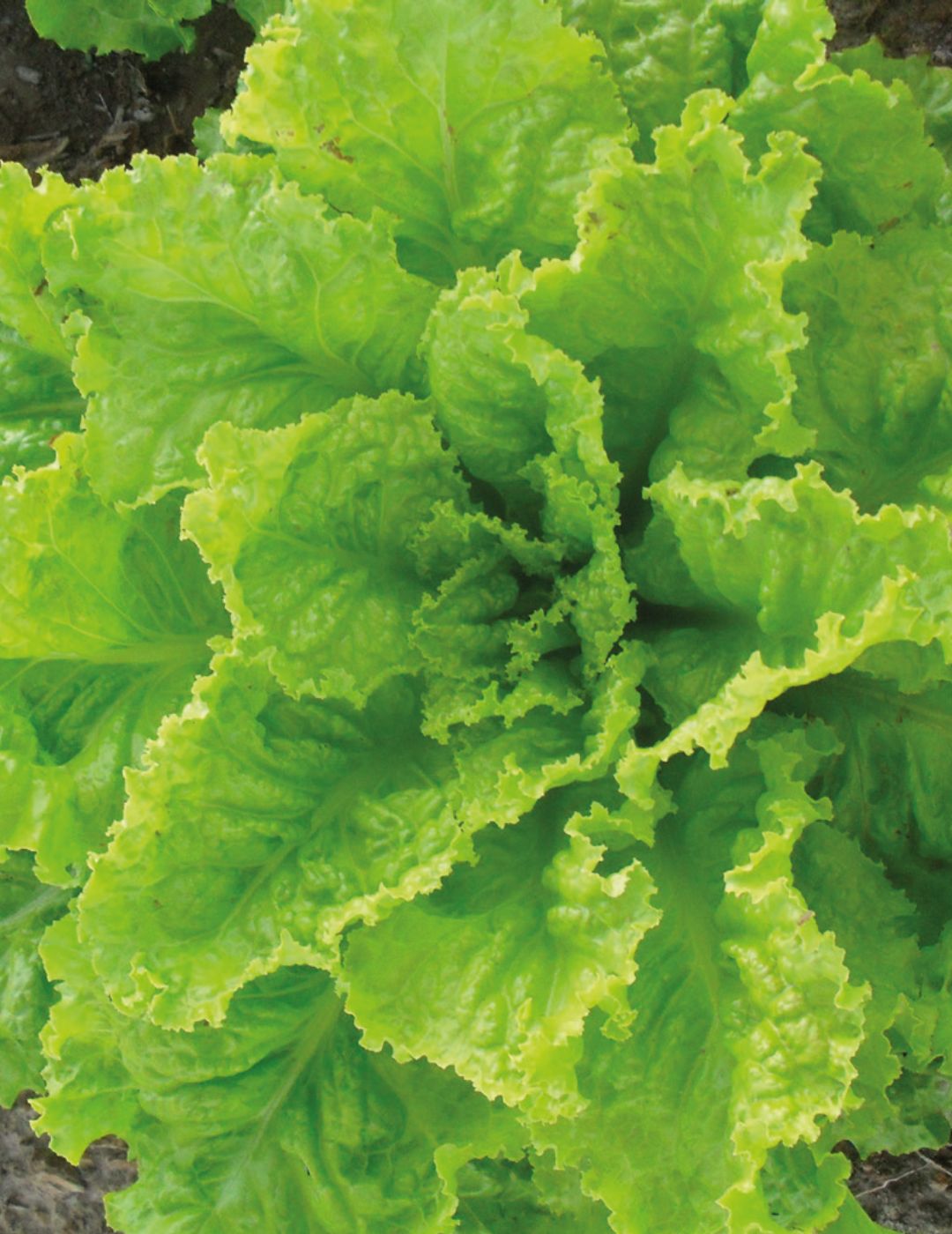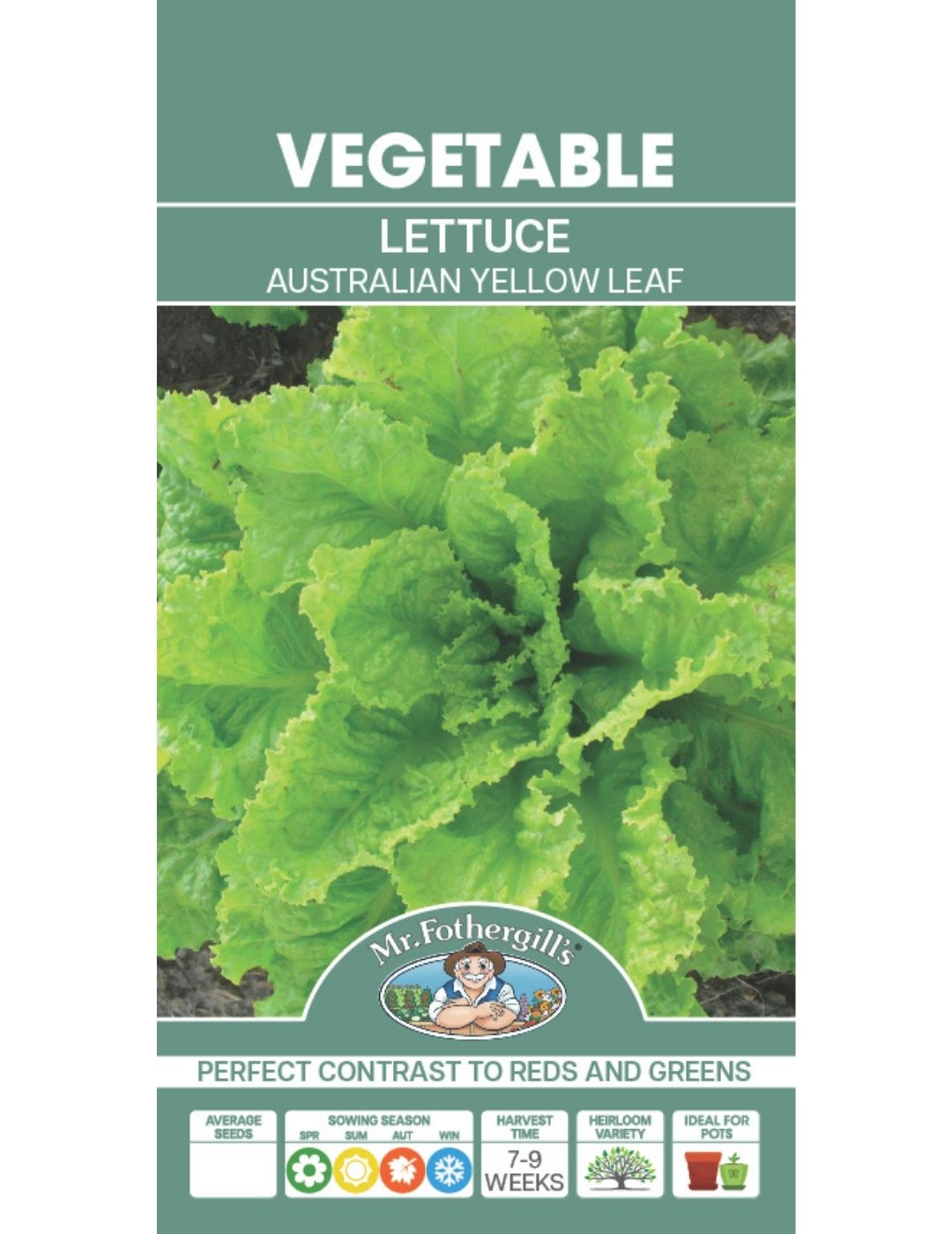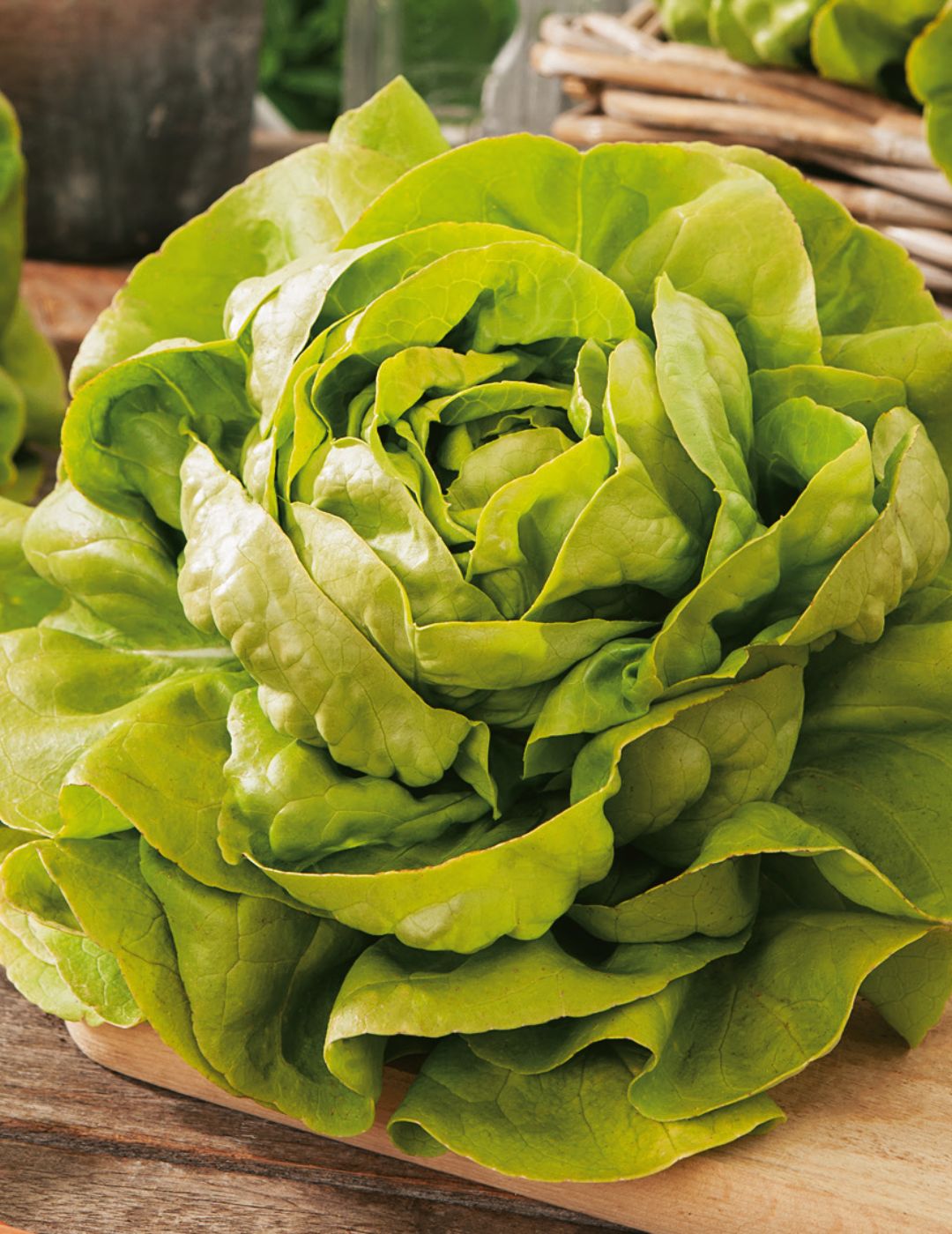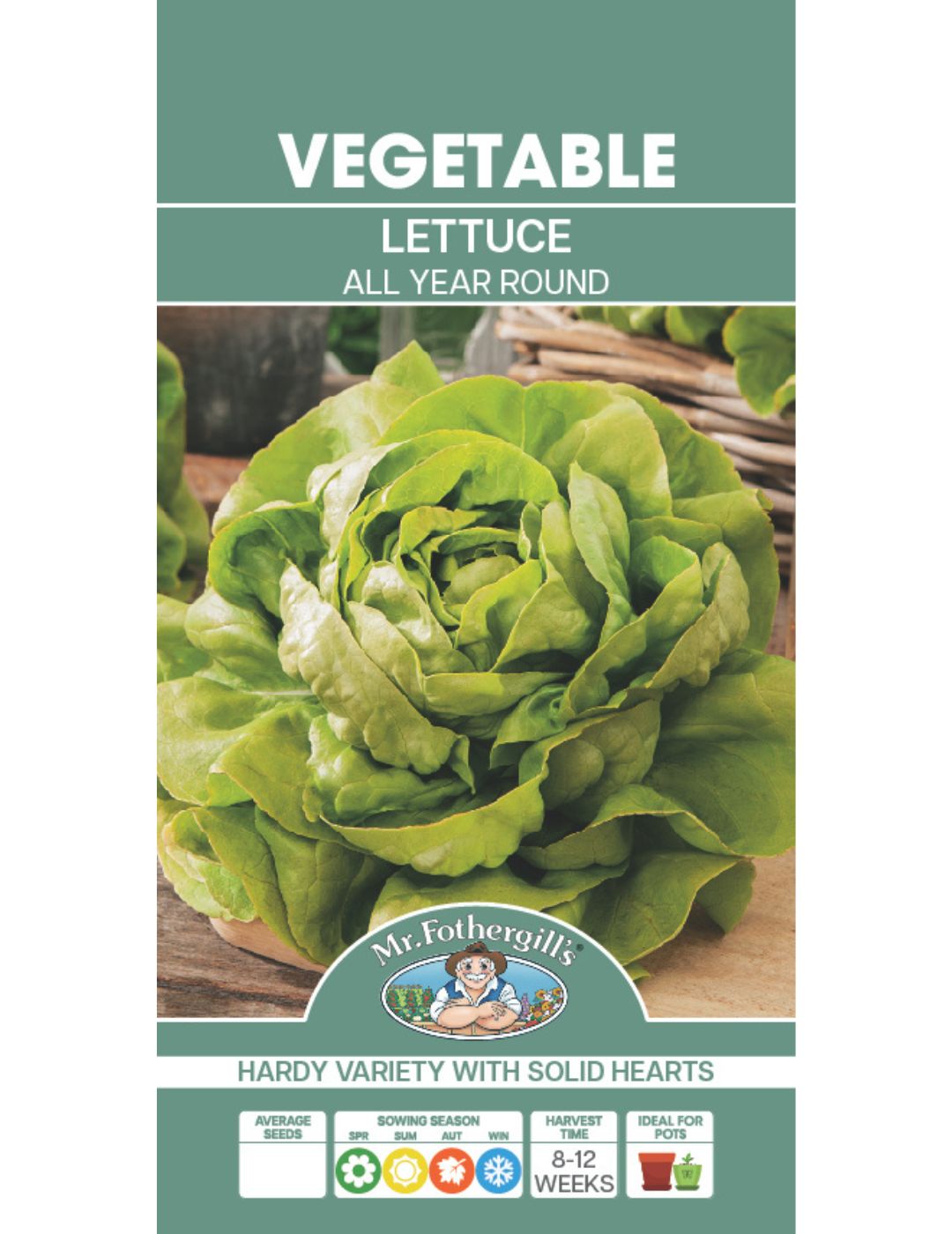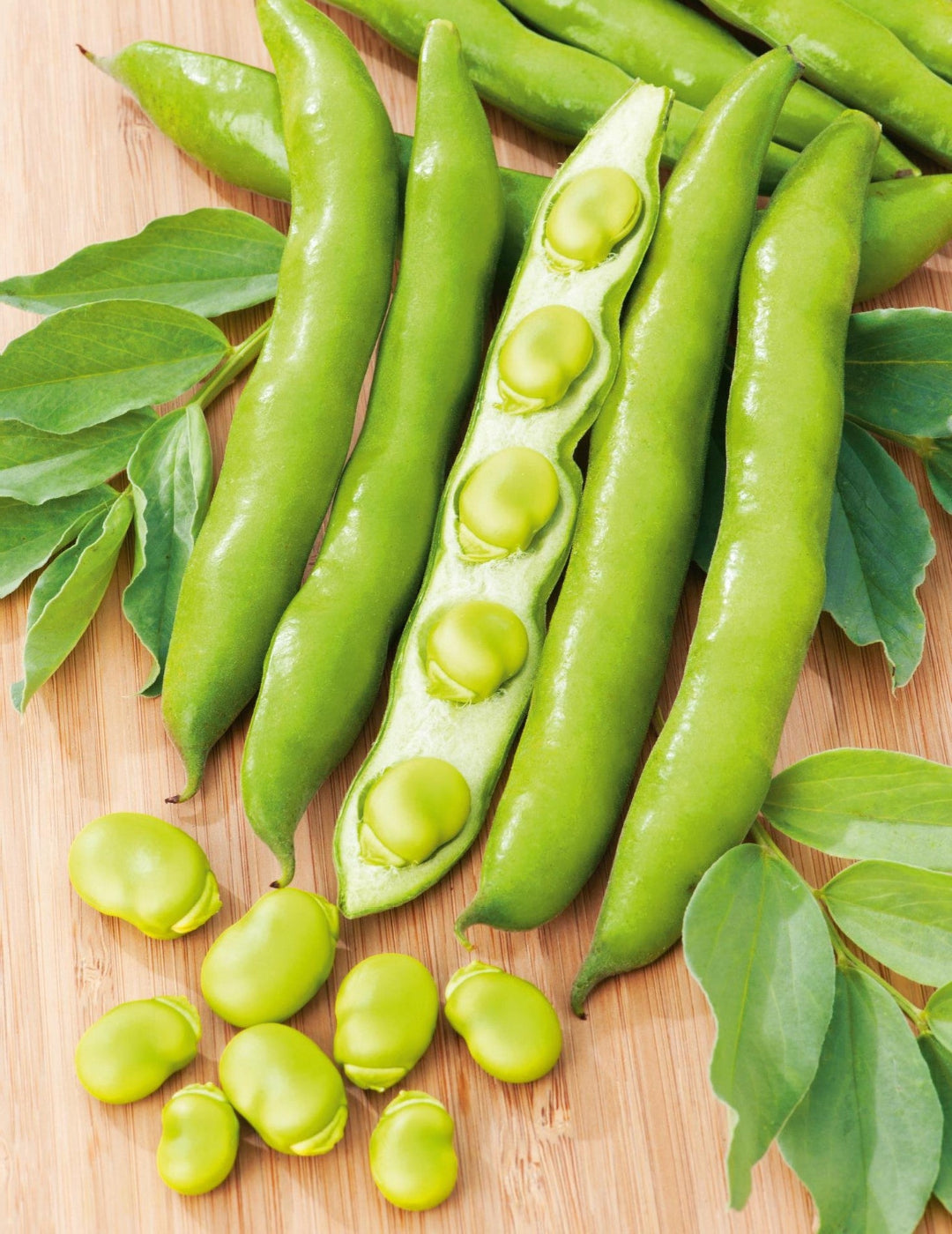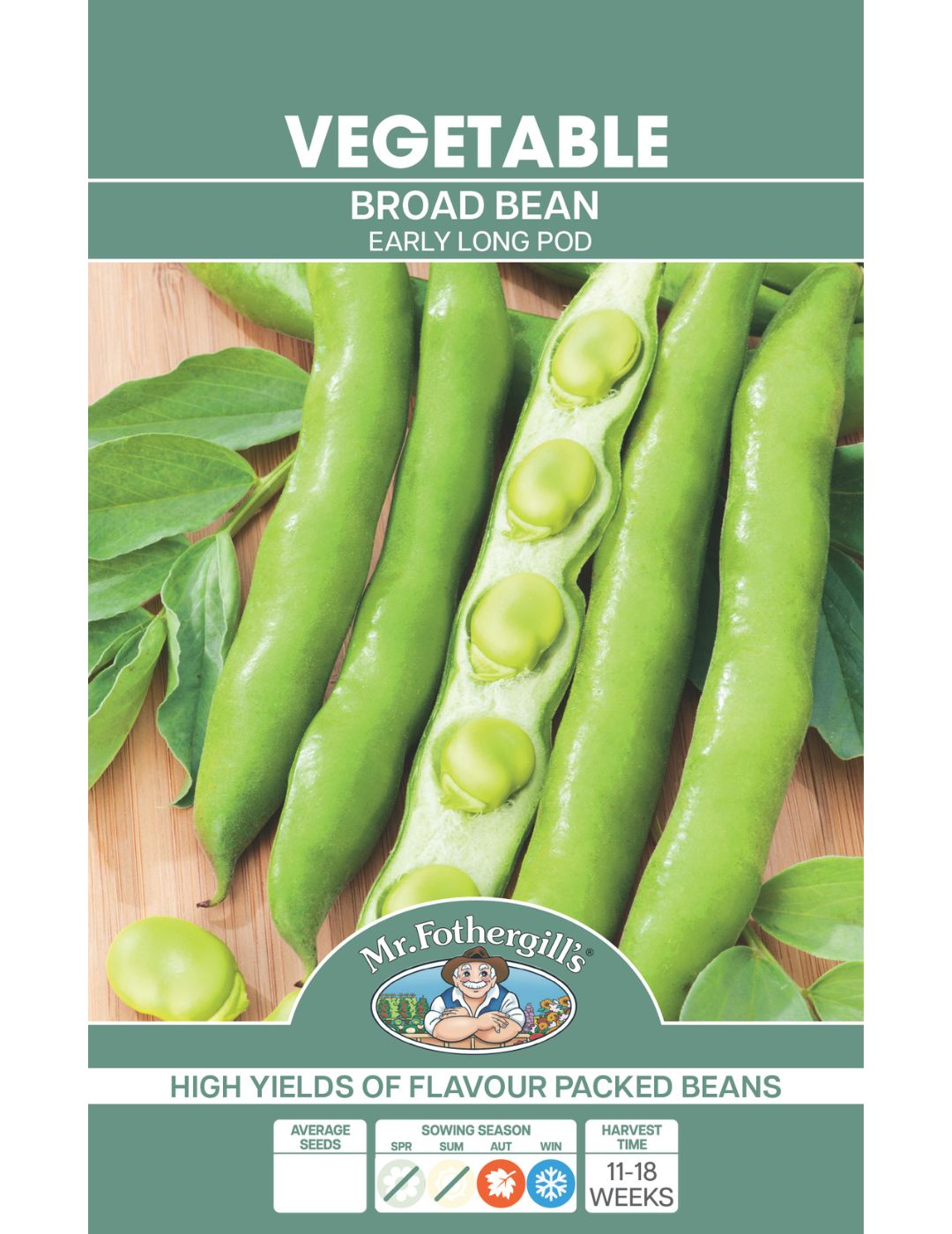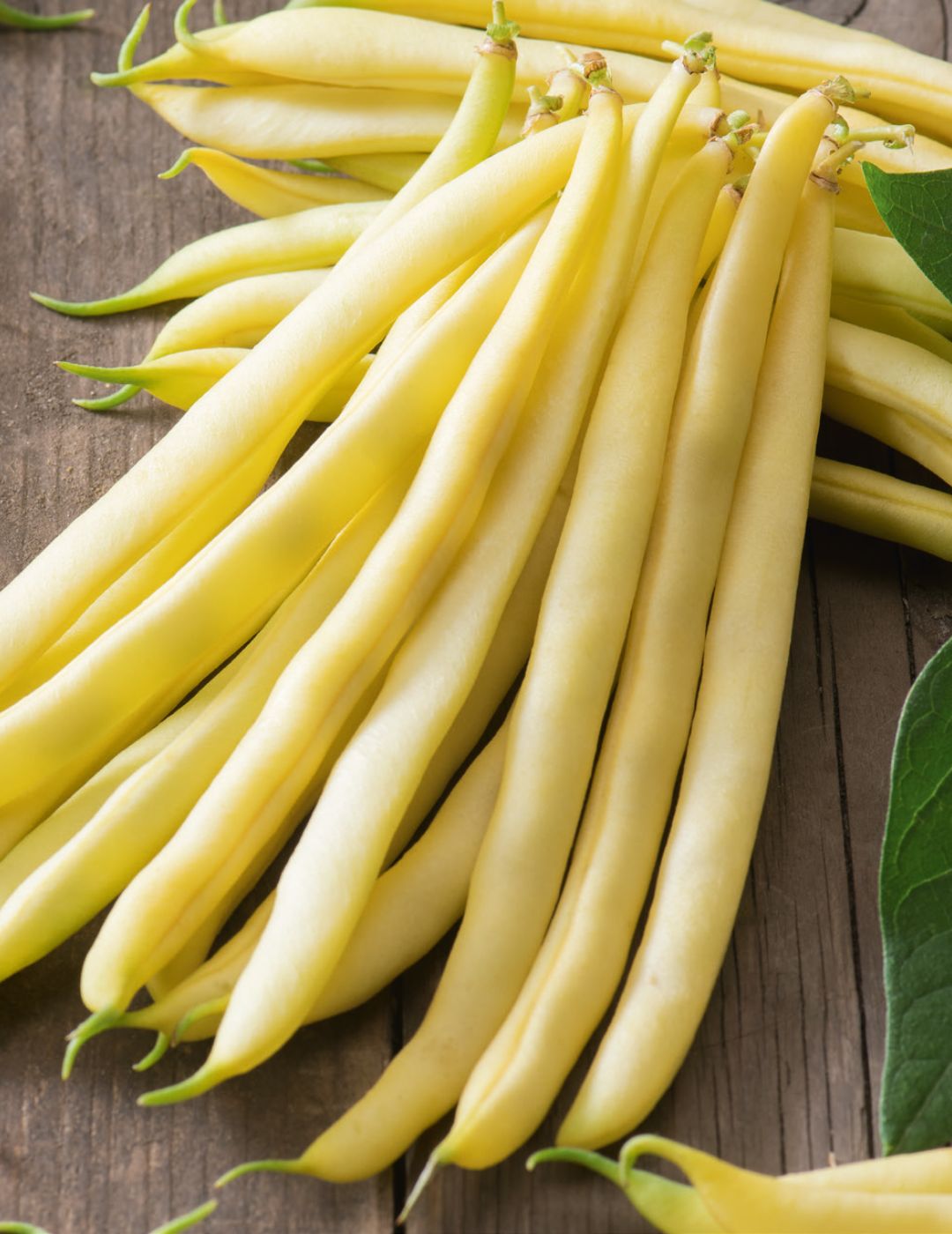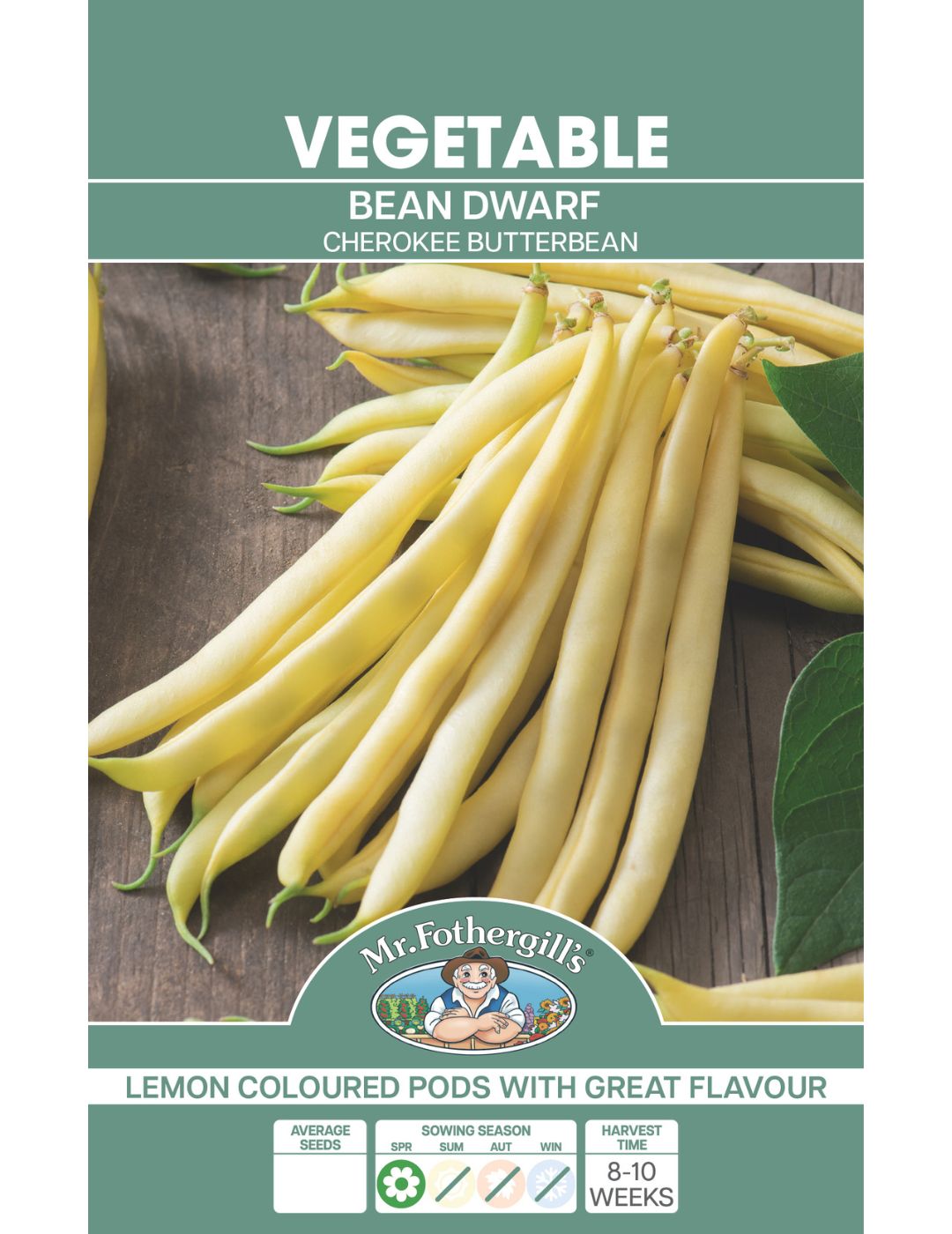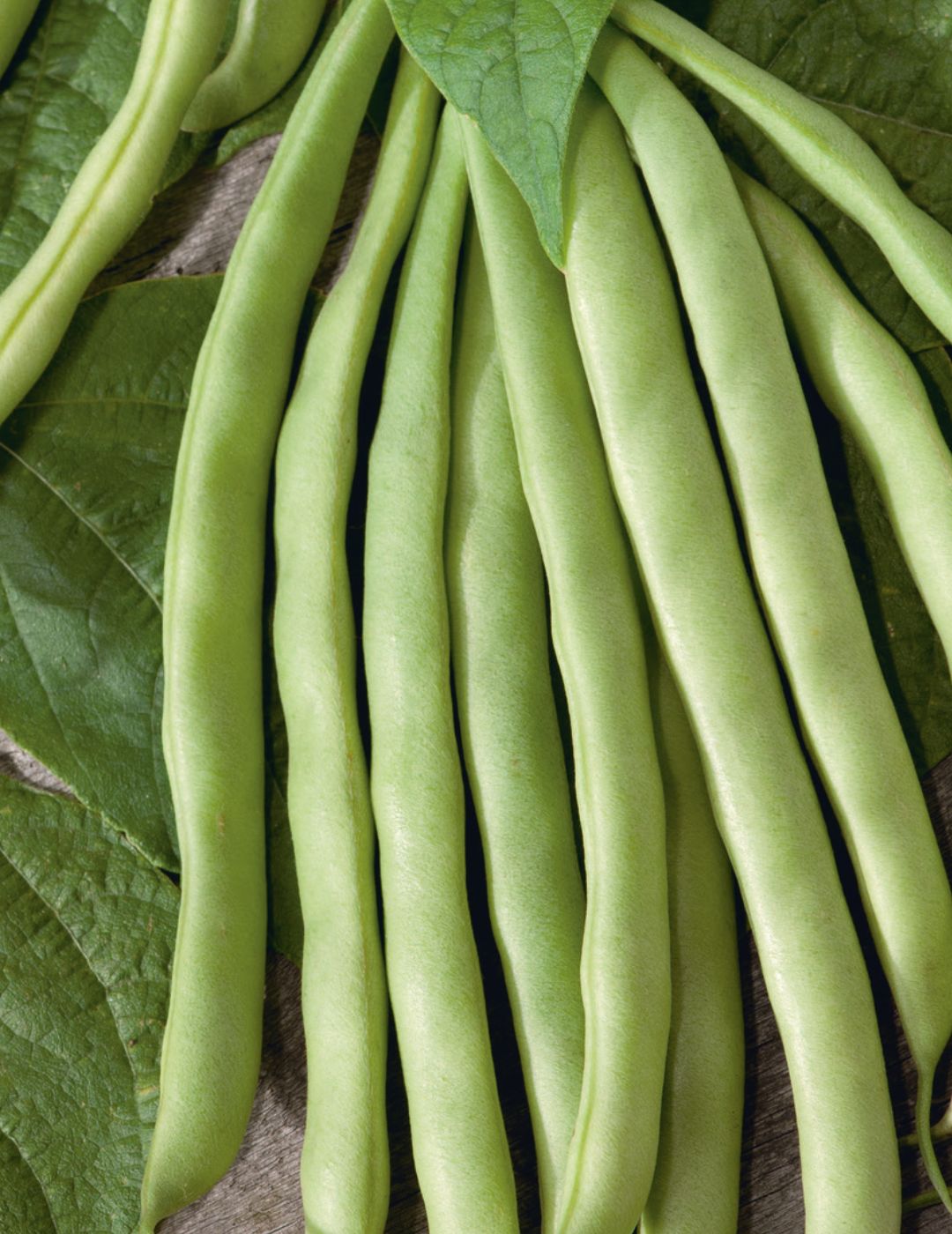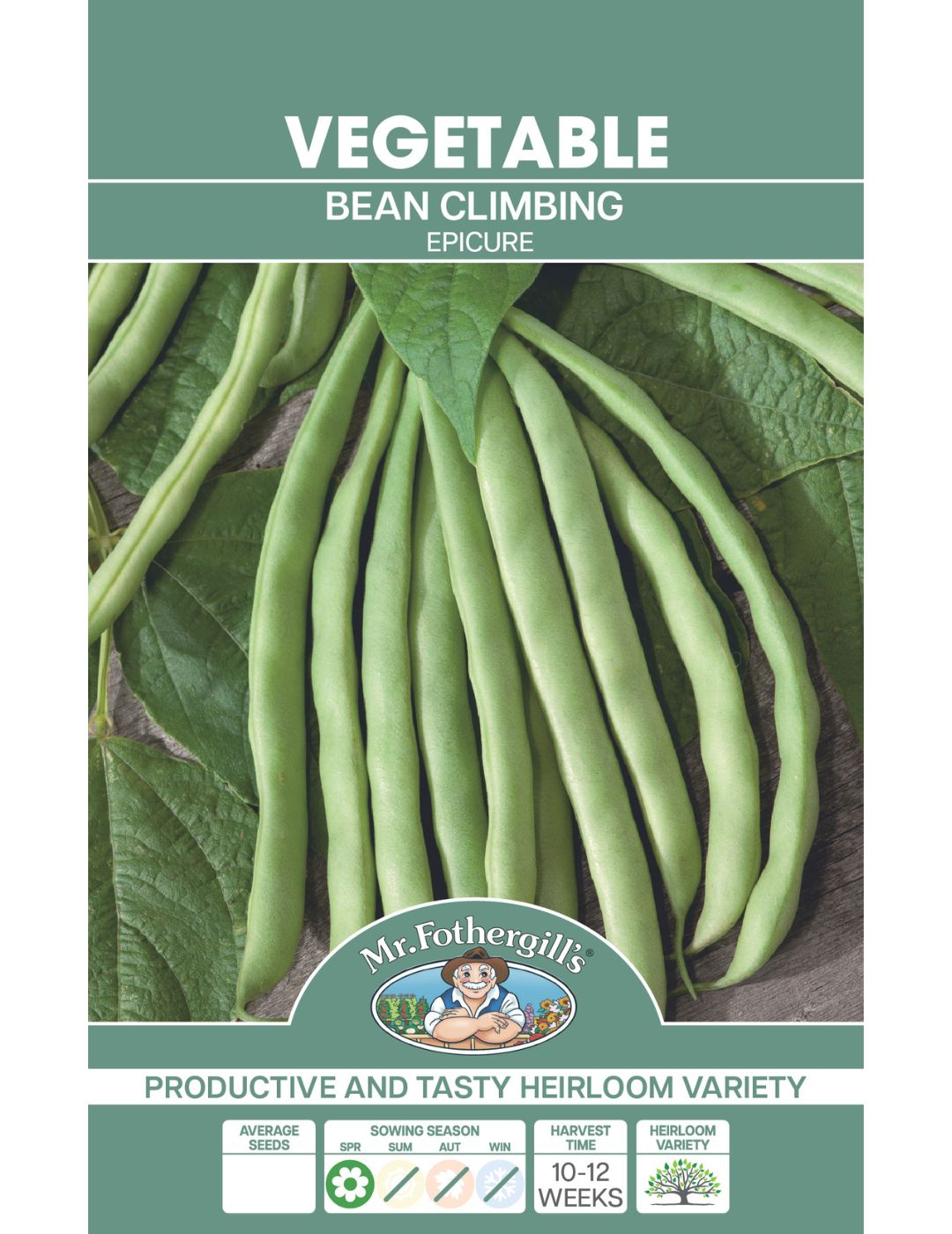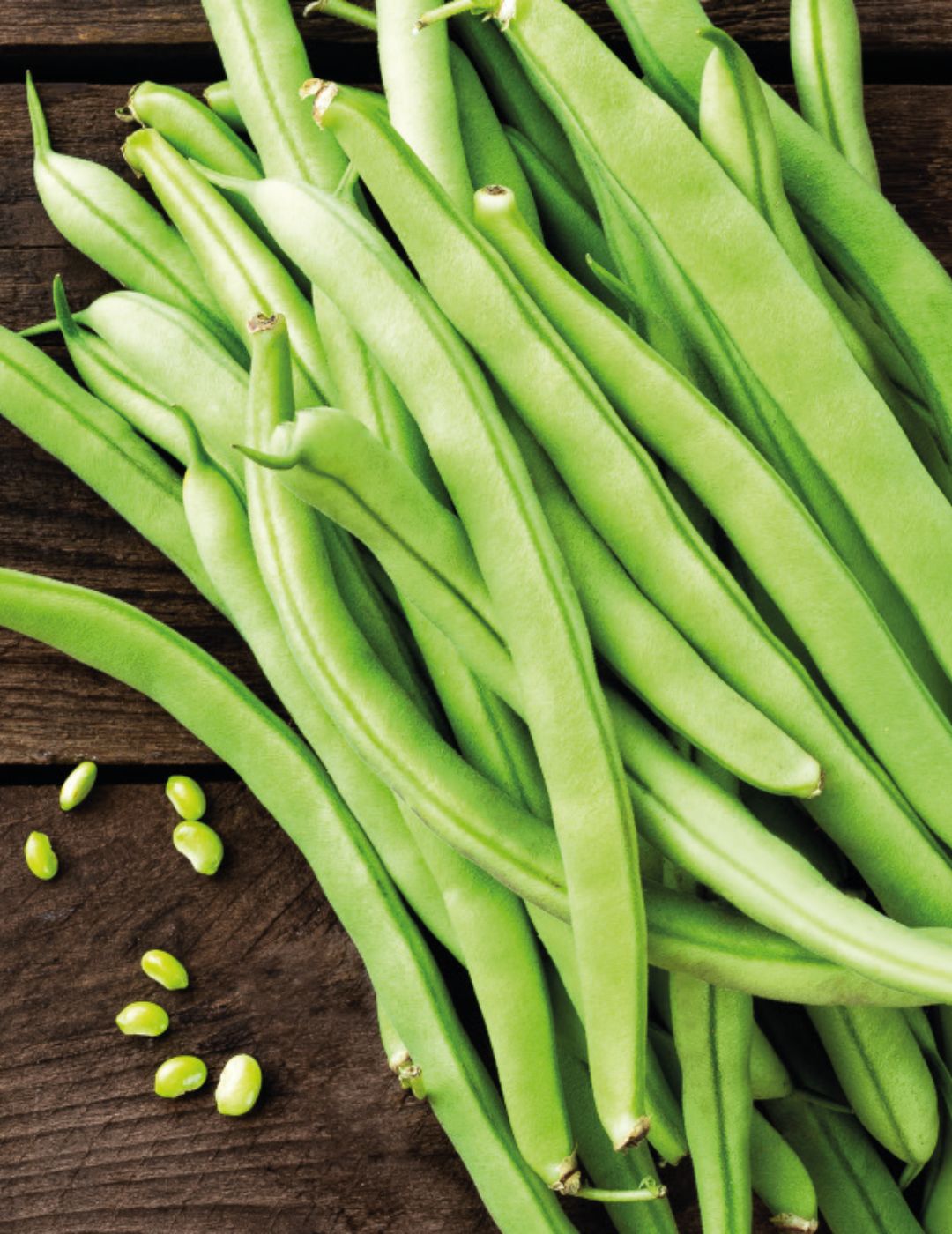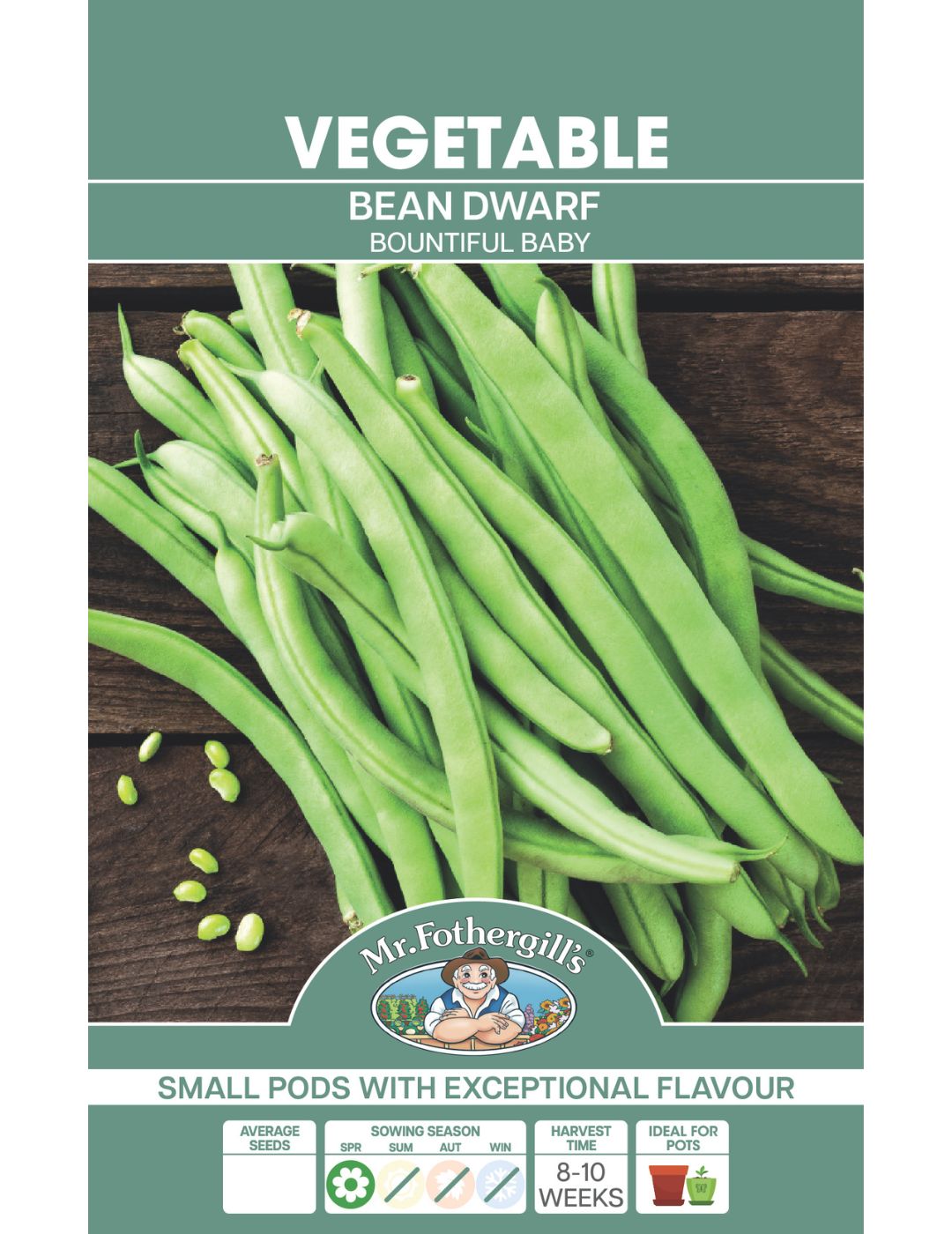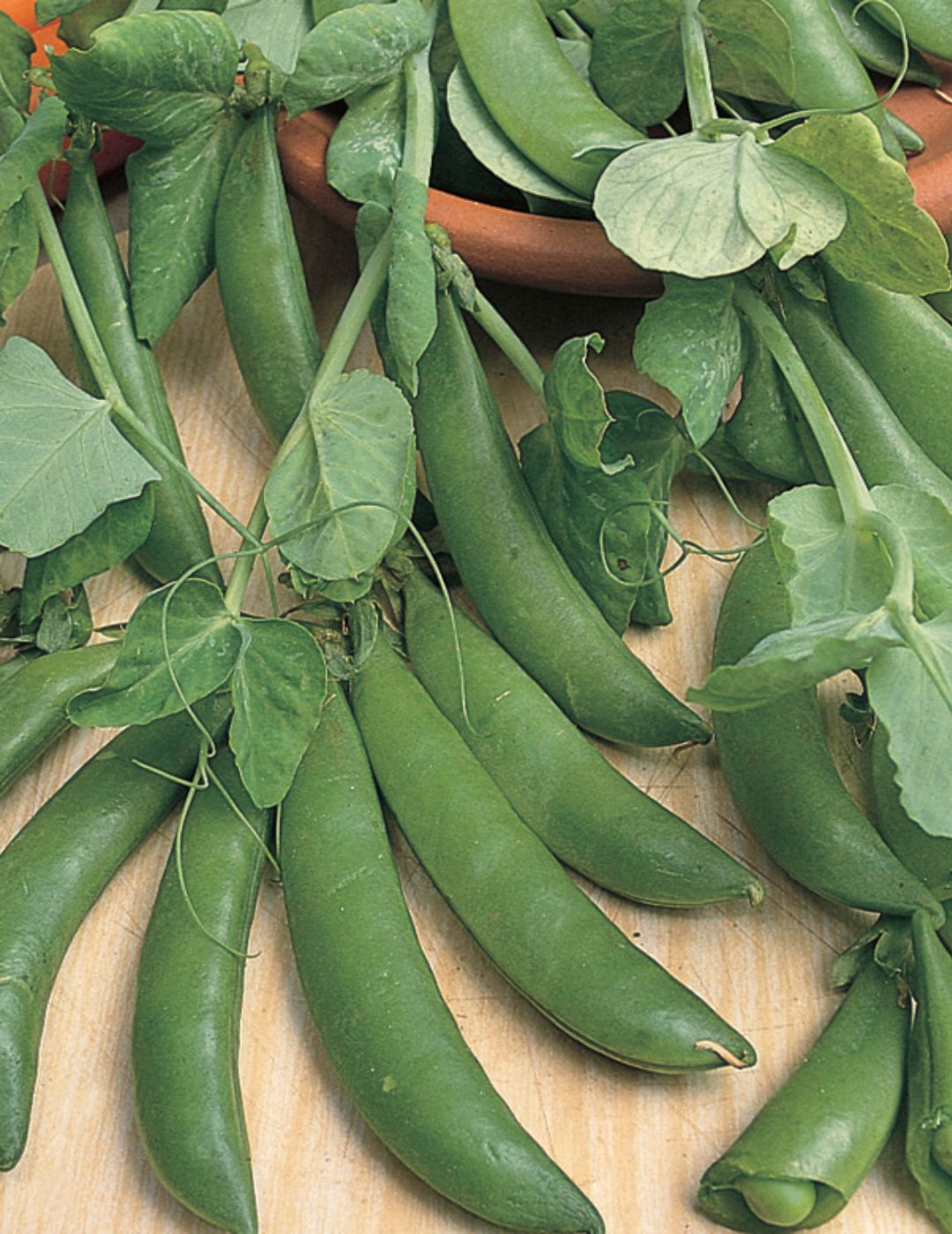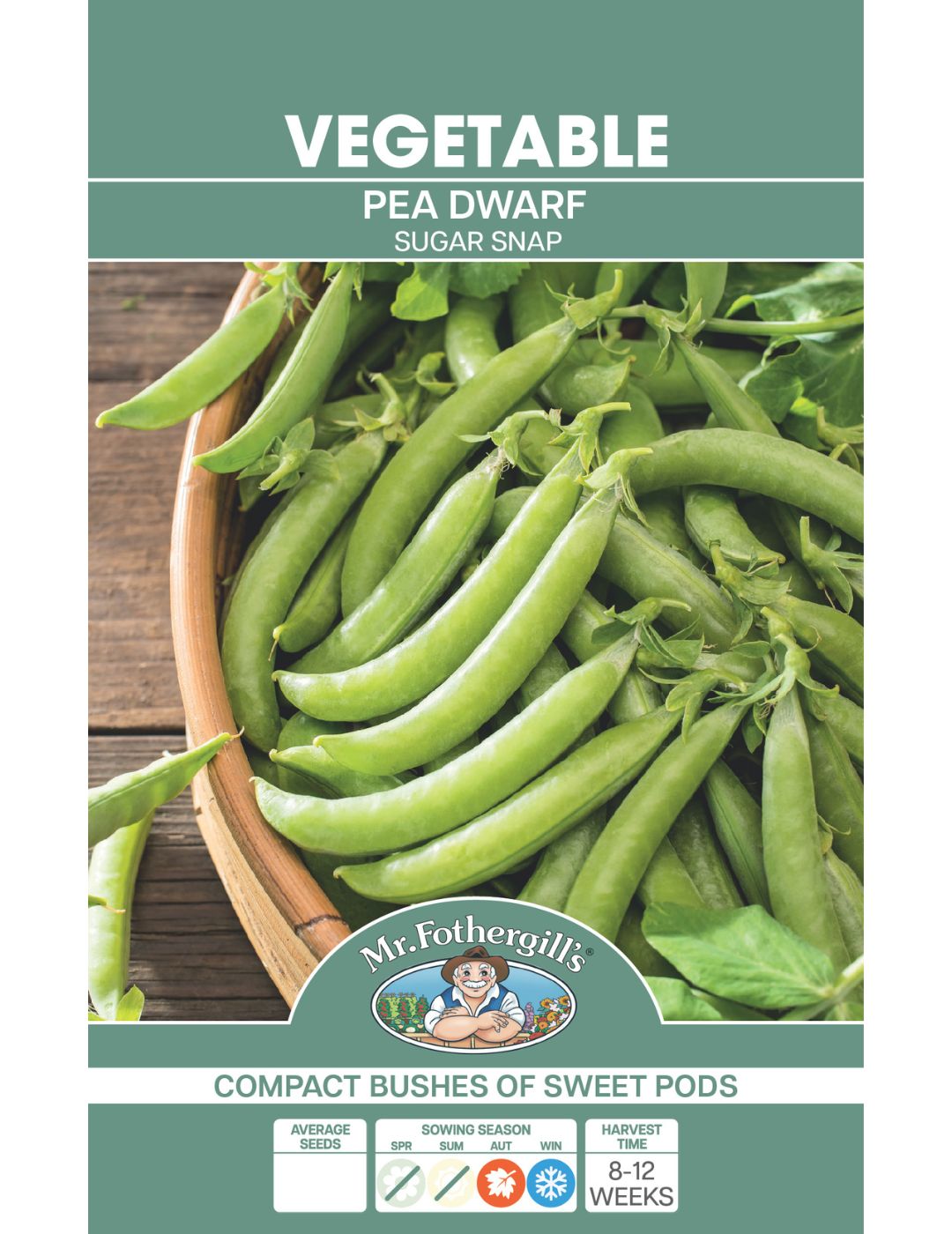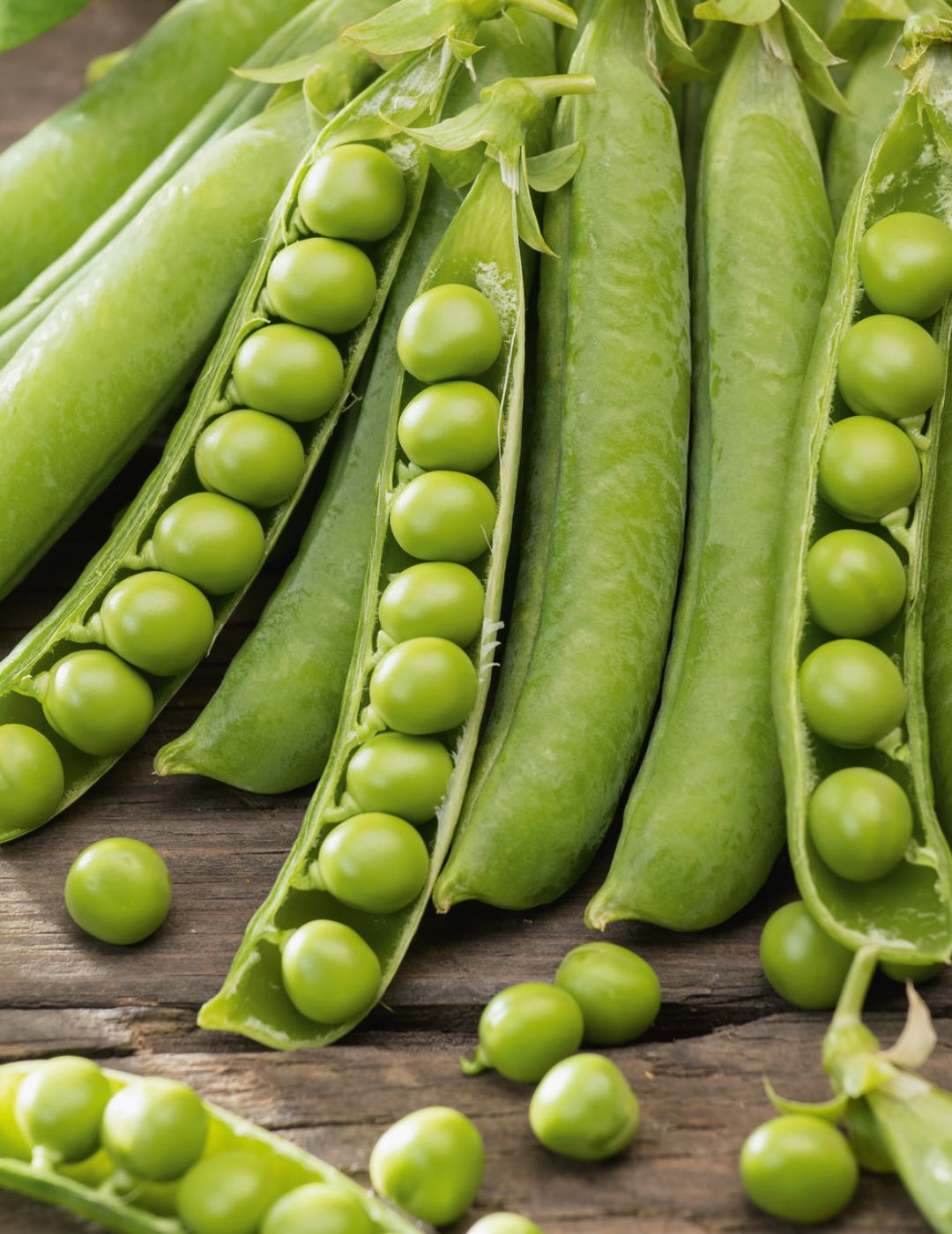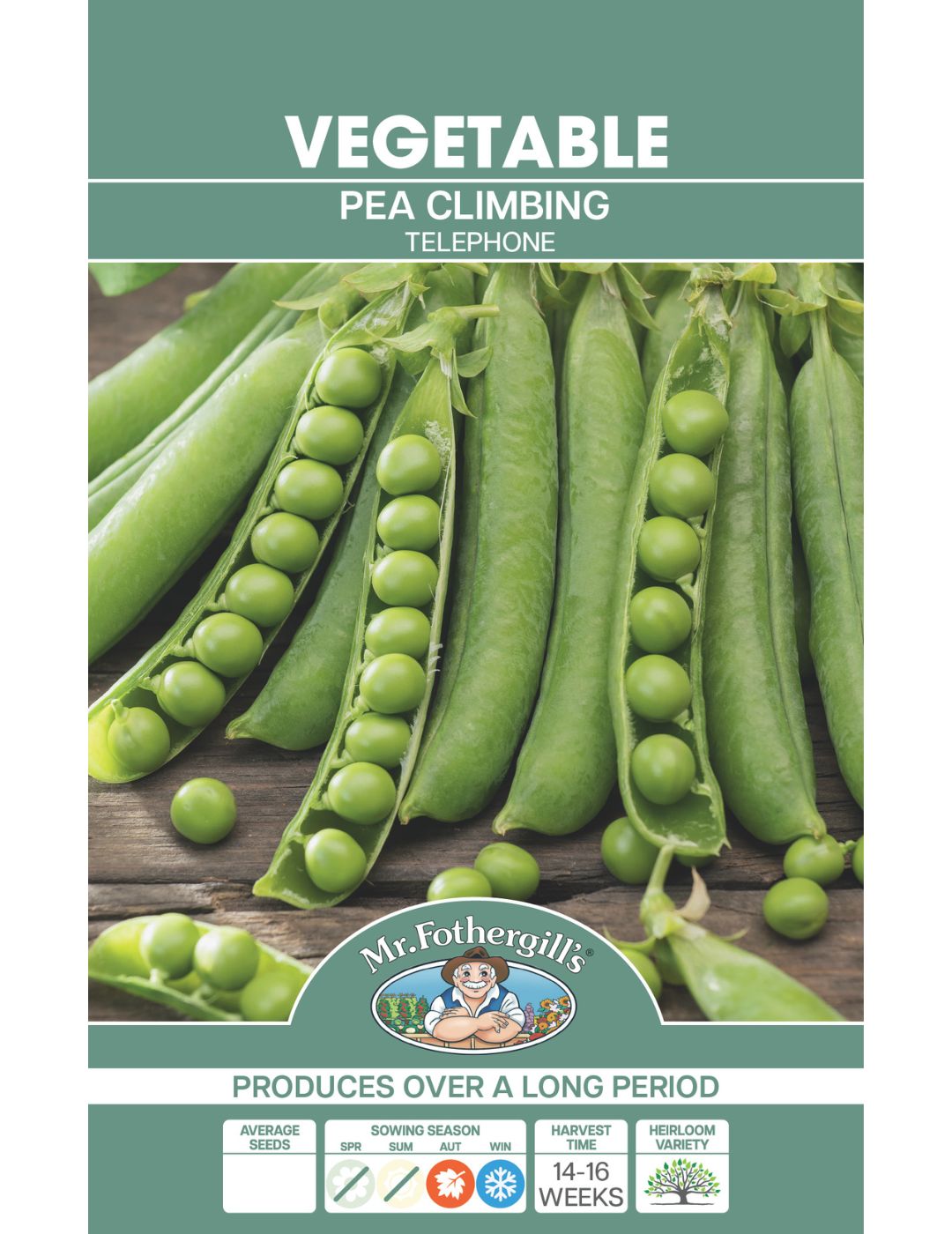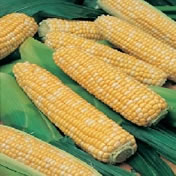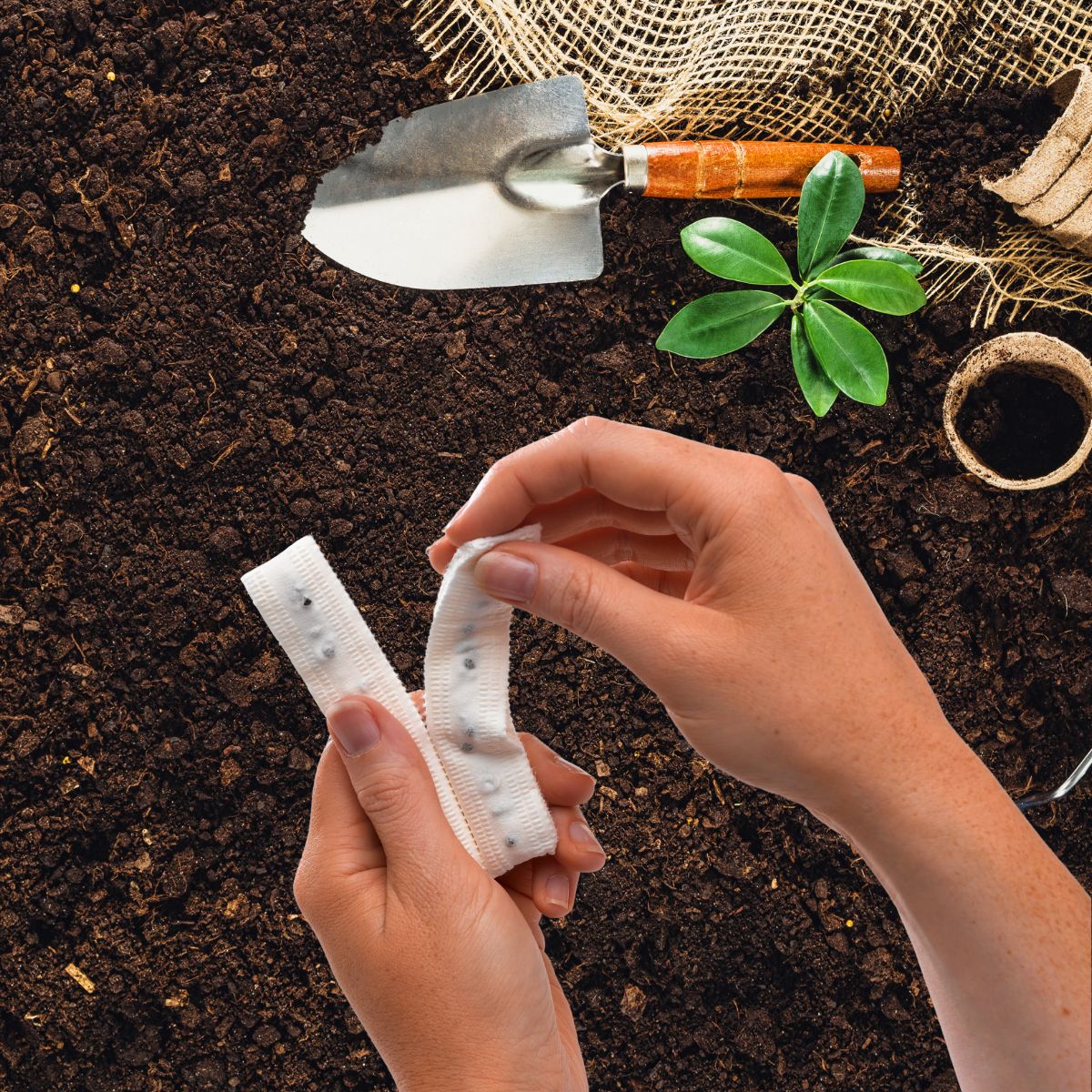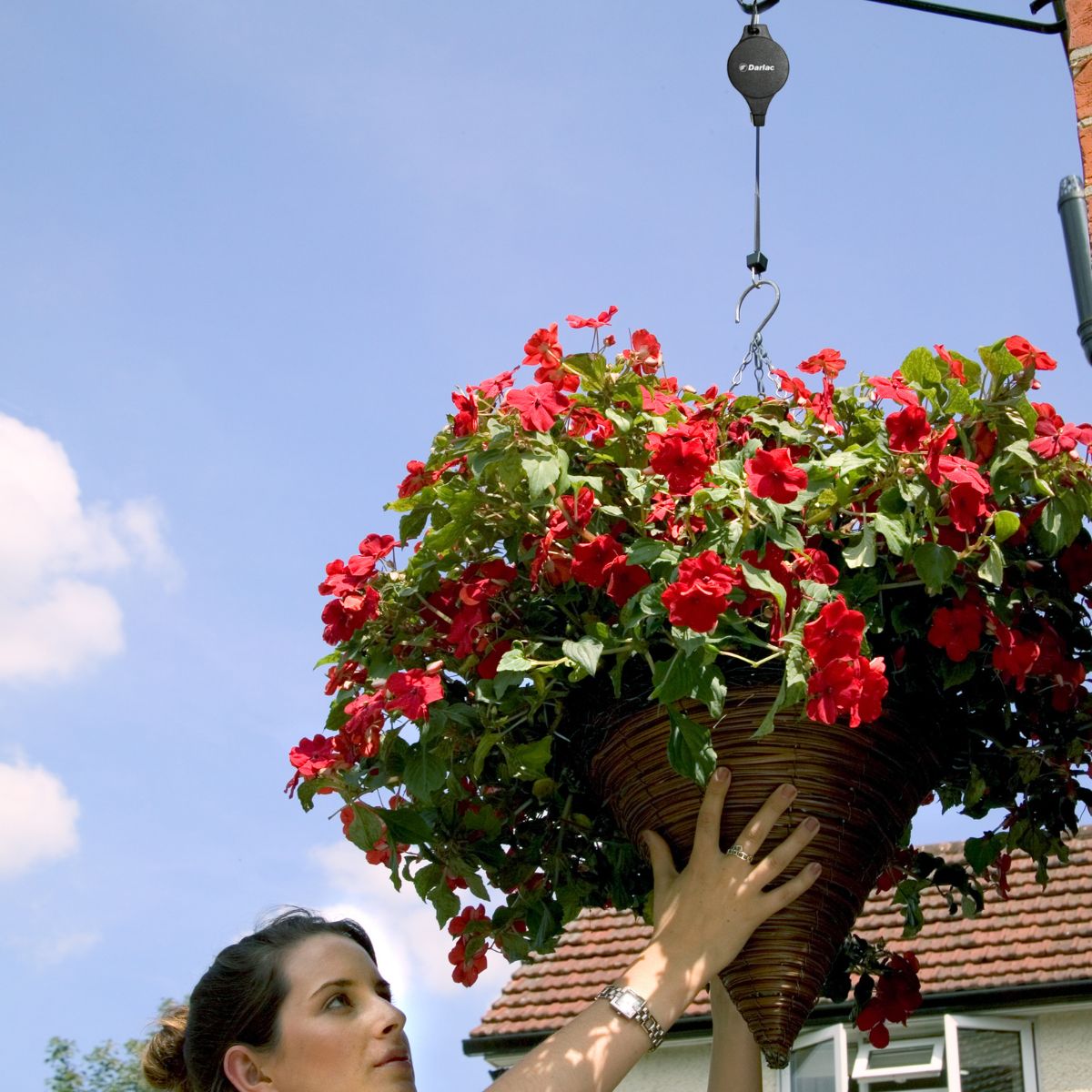
Wicking garden beds keep your plants watered automatically so you don’t have to. Perfect for forgetful gardeners and people with busy work schedules, let’s explore how to make a wicking garden bed so you can give your plants, vegetables, and flowers the lives they deserve.
What Is a Wicking Garden Bed?
Planter boxes and raised planters have grown in popularity recently but because they need so much water, they aren’t always practical. Wicking garden beds, however, are incredibly water-efficient and store water in their base so the soil can absorb what it needs whilst eliminating runoff or evaporation.
Wicking garden beds can also catch and retain water when it rains and come into their own in droughts due to their water-catching and retention capabilities. On top of this, wicking garden beds are useful for low-maintenance gardeners as they can be filled up and left for a while without further watering.
What Are the Main Benefits of Wicking Garden Beds?
As well as the above, there are many benefits to using wicking garden beds, including:
Less water usage
The wicking action draws water up from a reservoir and less is lost through evaporation. This means you’ll use less water overall, saving you time and money.
No stress
Your garden will be more self-sufficient with wicking garden beds in place, so you can enjoy holidays away without worrying about your crops. You also won’t have to keep track of watering schedules and can let the beds do their thing for your garden.
Drought tolerance
Wicking garden beds can stay hydrated during droughts so your plants will stay hydrated and replenished even during the driest times in Australia.
Better plant growth
Plants in wicking garden beds often grow more consistently than those in traditional garden beds, as they have a steady moisture supply and are less likely to become stressed due to lack of water.
Now, you may be thinking, where can I buy wicking garden beds? You can simply make one at home with these simple instructions!
How to Make a Wicking Garden Bed
- Wicking garden beds can easily be made at home, but first, you’ll need to buy or build a raised garden bed and line it with thick plastic. Apple crates, barrels, and ICBC containers cut in half make great raised garden bed structures.
- Next, lay a PVC pipe across the base of your bed and drill holes into it to allow smooth water flow. Connect the pipe at a right-angled bend and continue to the top of the bed, or use, an agpipe (agricultural pipe) with holes.
- Fill 30-40cm from the top with scoria (stones) but be careful not to tear the plastic. Once filled, drill through the side of the bed and insert a piece of pipe just above the level of scoria. This will act as an overflow to drain excess water.
- Next, add a layer of geotech fabric to prevent the soil from muddying the water and fill to the top with high-quality veggie growing soil. Then, fill the bed with water down the protruding pipe until it comes out of the overflow.
- Finally, plant out the bed with your favourite herb seeds or vegetable seeds, and mulch to enrich the soil with more natural goodness. The beds will then ‘wick’ water from the reservoir at the base and will only need filling when all the water has been used up.
Note: The regularity of refilling will depend on the size of your planter, weather conditions and what you're growing.

What Are the Best Plants for Wicking Garden Beds?
The short answer is almost anything! The main limitation on what you can grow will be dictated by the depth of your soil.
Root crops such as carrot seeds and beetroot seeds, for example, will grow in a bed depth of 30cm as will most herbs and vegetables. Some plants that do well in wicking beds include tomato seeds, cucumber seeds, lettuce seeds, bean seeds, and pea seeds.
Herb seeds such as basil, oregano, and thyme also do well in this environment, whereas large trees or anything with a deep root system probably won’t be suitable for your wicking garden bed.
Wicking Garden Beds - FAQs
How often do you water wicking garden beds?
The plants, season, and weather dictate how often to refill your wicking garden beds. When you first establish the bed, check in regularly to get a feel for how quickly it empties and do so by simply looking down the filler pipe. If you see some water, it's fine. If not, top it up.
Do wicking garden beds save water?
Wicking garden beds have a lot of advantages over standard raised beds and in-ground gardens, especially because they are highly water-efficient. Watering from the bottom up prevents evaporation of all surface water so they’re a reliable self-watering option.
If you water your plants from the top, any runoff would be captured and stored in the base for future use, resulting in zero waste.
What is the best soil for wicking garden beds?
To act as a wick, the soil needs a high proportion of organic matter. The best option for a wicking garden bed is a 50/50 blend of organic soil and compost and we suggest using high-quality vegetable-growing soil from a reputable supplier such as your local garden centre.
How deep should the soil be in a wicking garden bed?
The soil in a wicking bed should be at least 30-40 cm deep to allow sufficient depth for most plant root systems.
How do you fertilise wicking garden beds?
You can fertilise plants as you would with a normal garden bed - by watering with a liquid fertiliser from above or digging in composted manures. Due to no evaporation or runoff, and any excess water being captured in your reservoir, fertiliser applications might be less frequent than you first thought.
What type of liner should be used in wicking garden beds?
A thick PVC liner is a good option for a wicking garden bed, as it is durable and will not break down over time. Your wicking garden bed is only as good as its water-holding ability, so don’t skimp on a cheap/flimsy liner. Plastic IBC containers cut in half are a popular reservoir as they do not require a liner at all.
What are the drawbacks of wicking garden beds?
There are a few potential drawbacks to using wicking garden beds, including:
Startup costs
Wicking garden beds can be more expensive to set up than traditional garden beds, as they require a liner, piping and scoria.
Size issues
As most wicking garden beds are raised, they are best suited to small to medium-sized vegetable and herb gardens. They may not be realistic for large-scale flower or decorative gardens.
Water-proofing
Your wicking garden bed relies on the waterproof liner holding water, so care must be taken when setting up your bed to ensure the liner doesn’t tear. If installed correctly using scoria and geotech fabric, the likeliness of damaging your liner by digging or staking is very small.
Wicking beds may be a good option if you’re looking for a more efficient and drought-tolerant way to garden and whilst they may take a bit of time and money to set up, we assure you that the effort is worth it.
How long do wicking garden beds last?
On average, wicking garden beds last at least 10 years but may last much longer depending on the maintenance of the liner.


